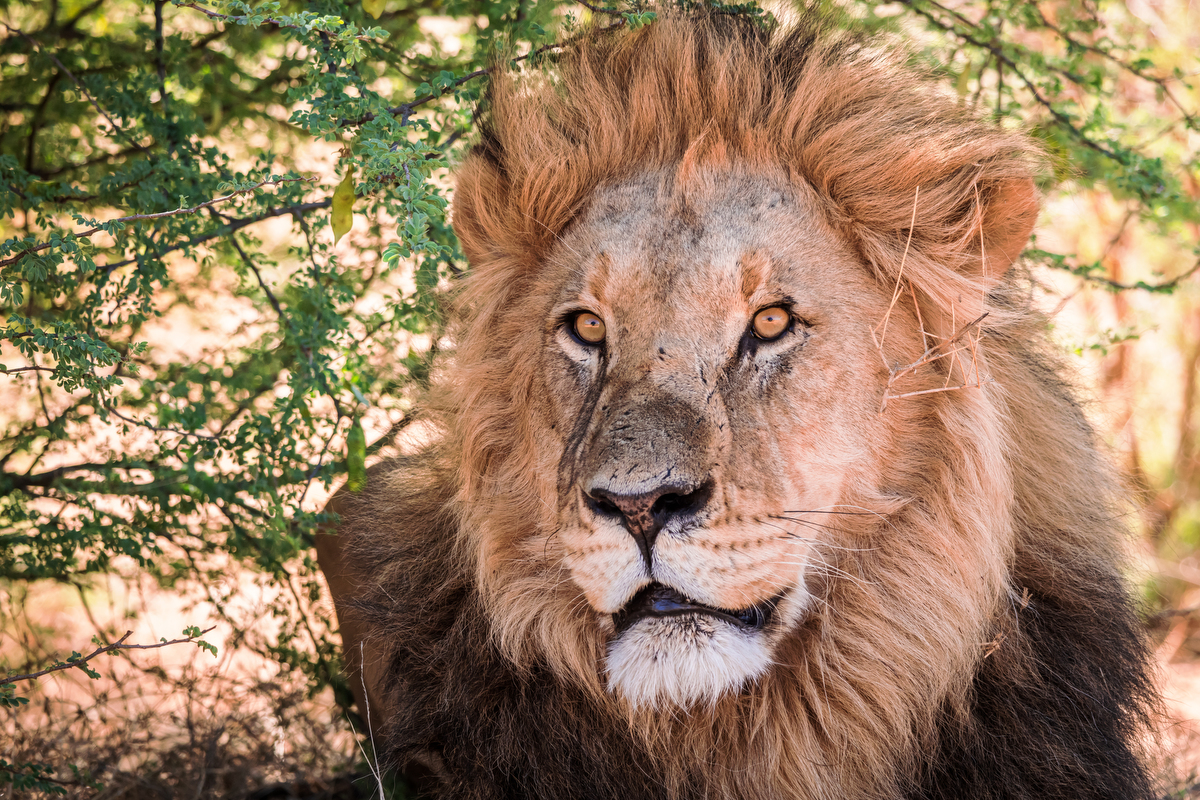Landscapes and wildlife in Kenya
(dates to be added)
Most people think of Kenya as the Masai Mara, but Kenya has so much more to offer. For the third time, Evert Doorn and I offer a trip here, in collaboration with Wow Safaris. This time a round trip Kenya!
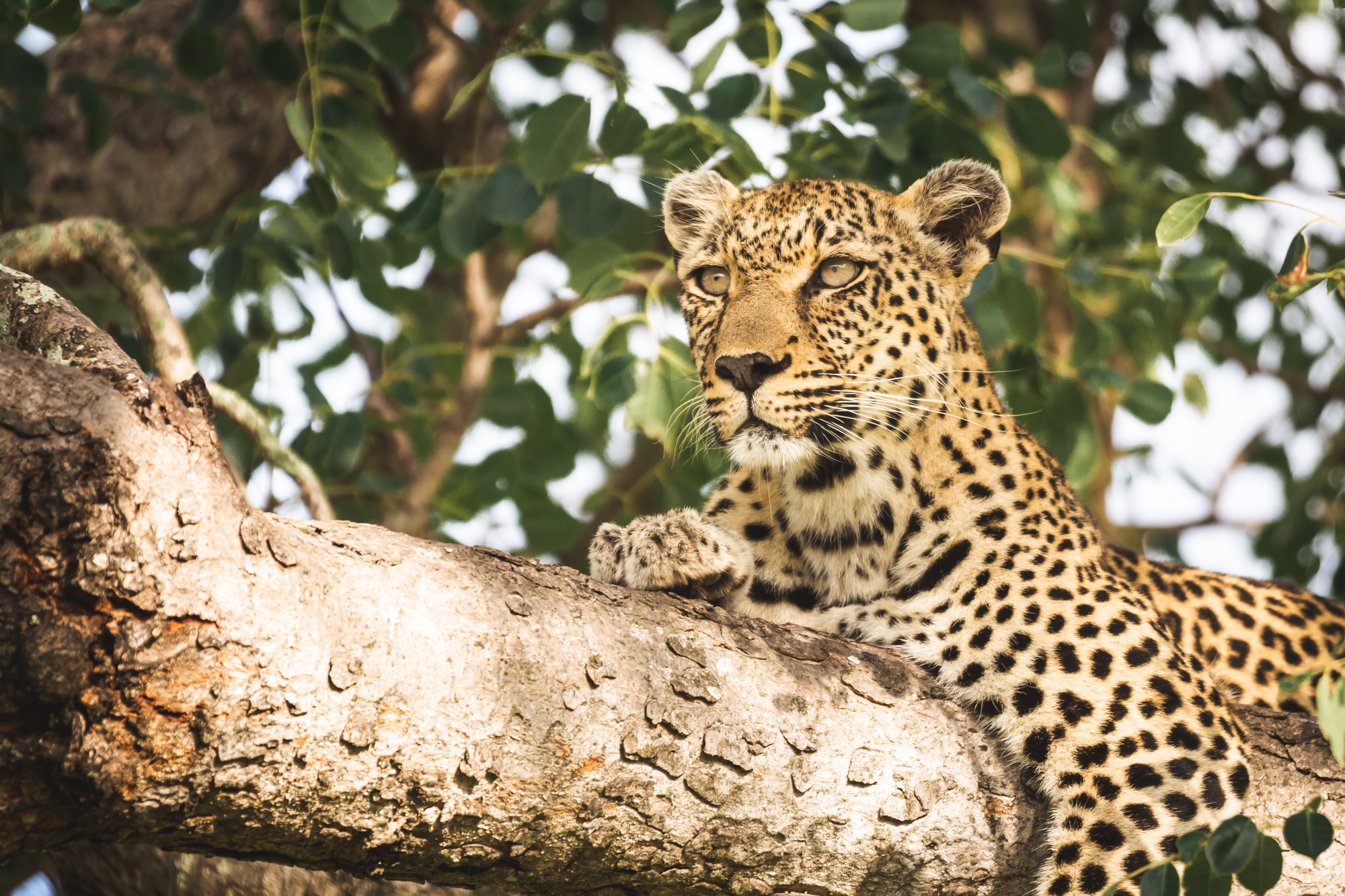
Kenya
Kenya is located in the east of Africa, on the equator. Best known for the famous movie with Meryl Streep and Robert Redford: Out of Africa. When you say safari, you say Kenya. Nature as nature is meant to be. Unspoilt and wide and vast.
This trip shows you several sides of this beautiful country. During this 12-day (11-night) trip we visit a number of iconic nature reserves: Tsavo (East and West) and Amboseli in the south and, more centrally, Samburu and Ol Pejeta. Of course we will undoubtedly see the big cats (lion, leopard and cheetah), but there is so much more: elephants, giraffes, rhinos, all kinds of antelopes, zebras, a very rich bird life and much more.
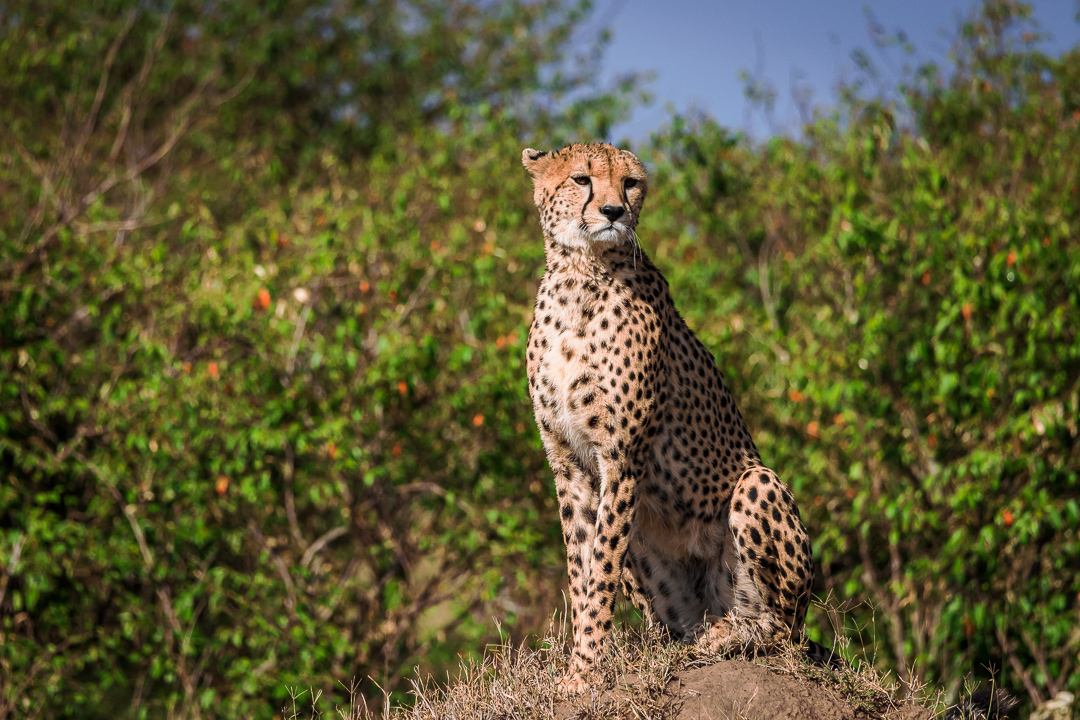
Kenya: some facts
Kenya borders several countries: in the north with Ethiopia, in the east with Somalia and the Indian Ocean, in the south with Tanzania and in the west with Lake Victoria, Uganda and South Sudan.
It is about 14 times the size of the Netherlands but has proportionately much fewer inhabitants: about 55 million. The population consists of many different tribes, each with their own customs, language and culture. The Kikuyu, Masai and Turkana are the most famous. In addition to the native language, English and Swahili are also commonly spoken throughout the country.
Kenya has a tropical climate and is located on the equator.
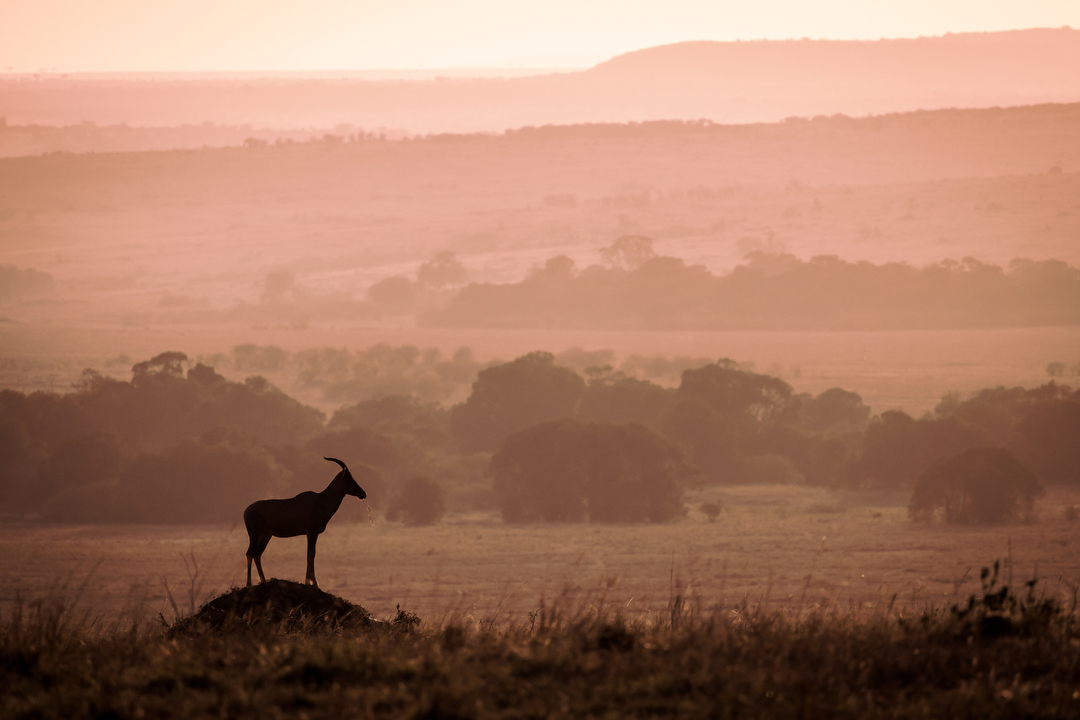
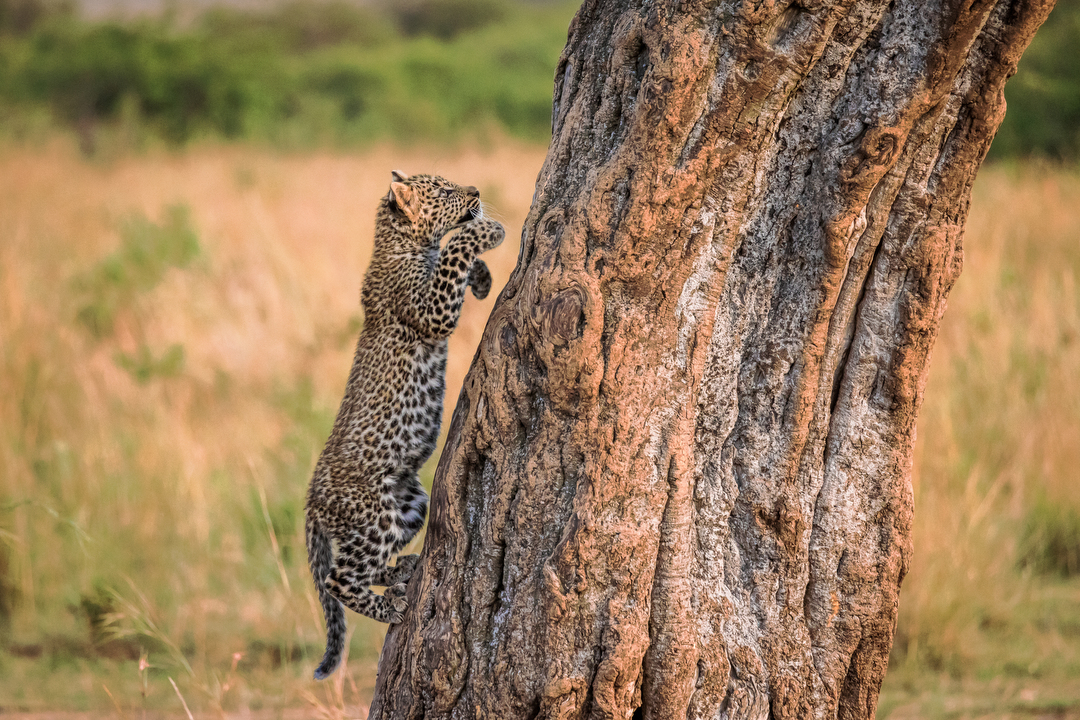
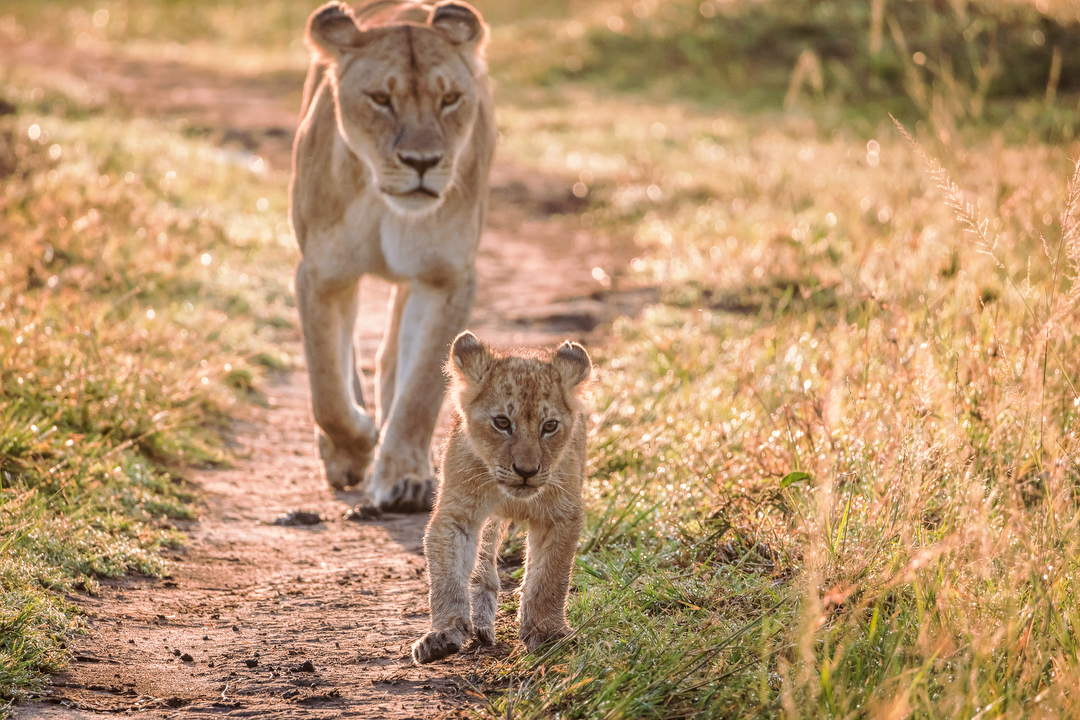
Round trip
Because Kenya has so much more to offer than just the Masai Mara (well known to most people), we visit several parks and areas during this trip. The variety in the landscape and in the flora and fauna that can be found locally makes this trip very special! On the map below you can see the route in rough outline.
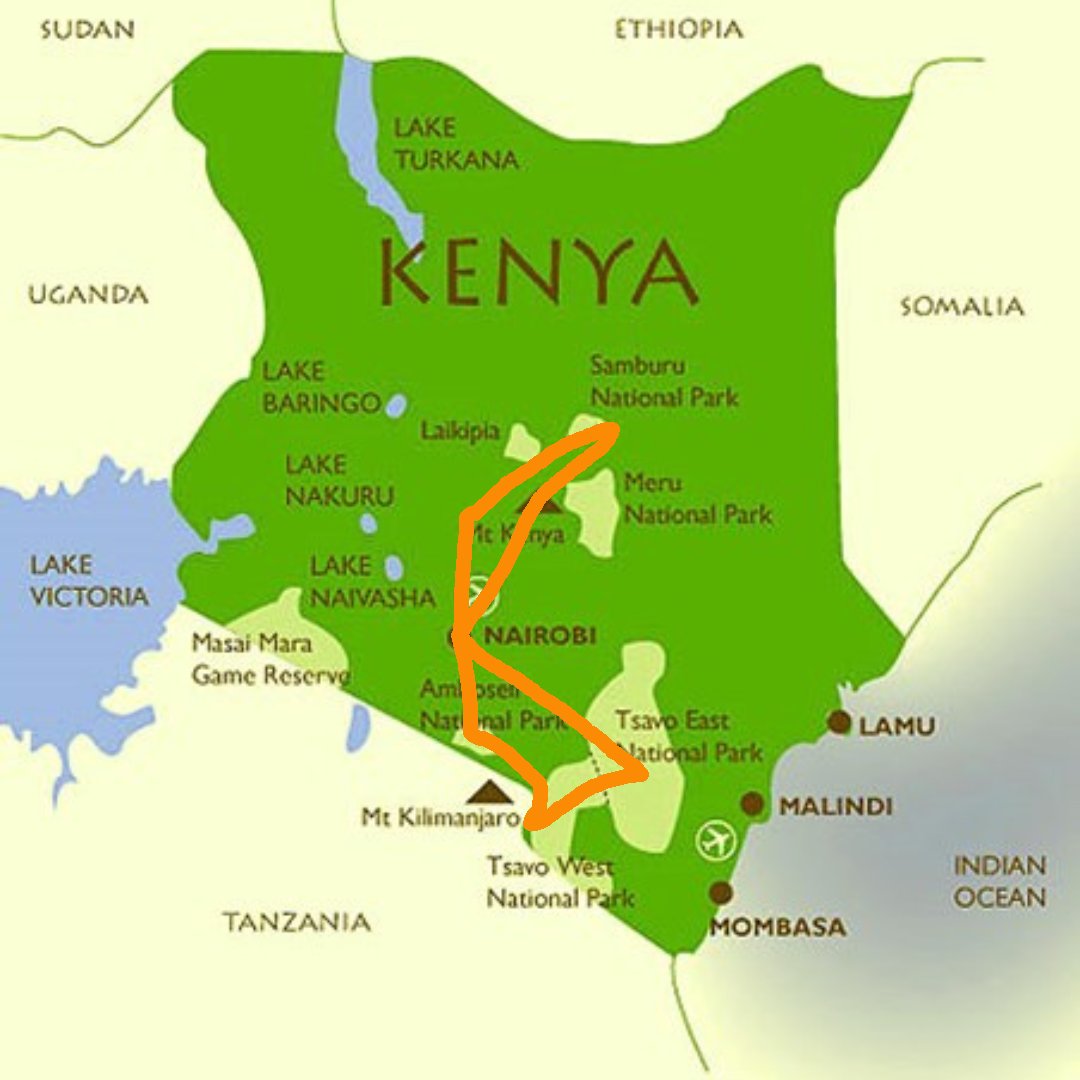
Everyone is welcome
This trip is for anyone who loves nature, enjoys taking photos and has the patience to quietly observe and wait for that one great moment! Even though it is a photo tour, you do not have to be a professional photographer or a very experienced safari goer. We simply want you to fully enjoy everything that Kenya has to offer. And we want to give you plenty of opportunities to take fantastic photos, at any level. Photographing landscapes and wildlife sometimes requires some different skills than what you may be used to, but we can absolutely help you with that.
But please note: there is only room for 6 people per trip, so don’t hesitate too long! This is a really great offer for a super cool and exclusive tour!
“Thanks to the experienced rangers and trackers and Simone’s knowledge of the bush and the animals that live there, we saw and learned a lot. I came home with many fantastic photos.” (Wim Blom)
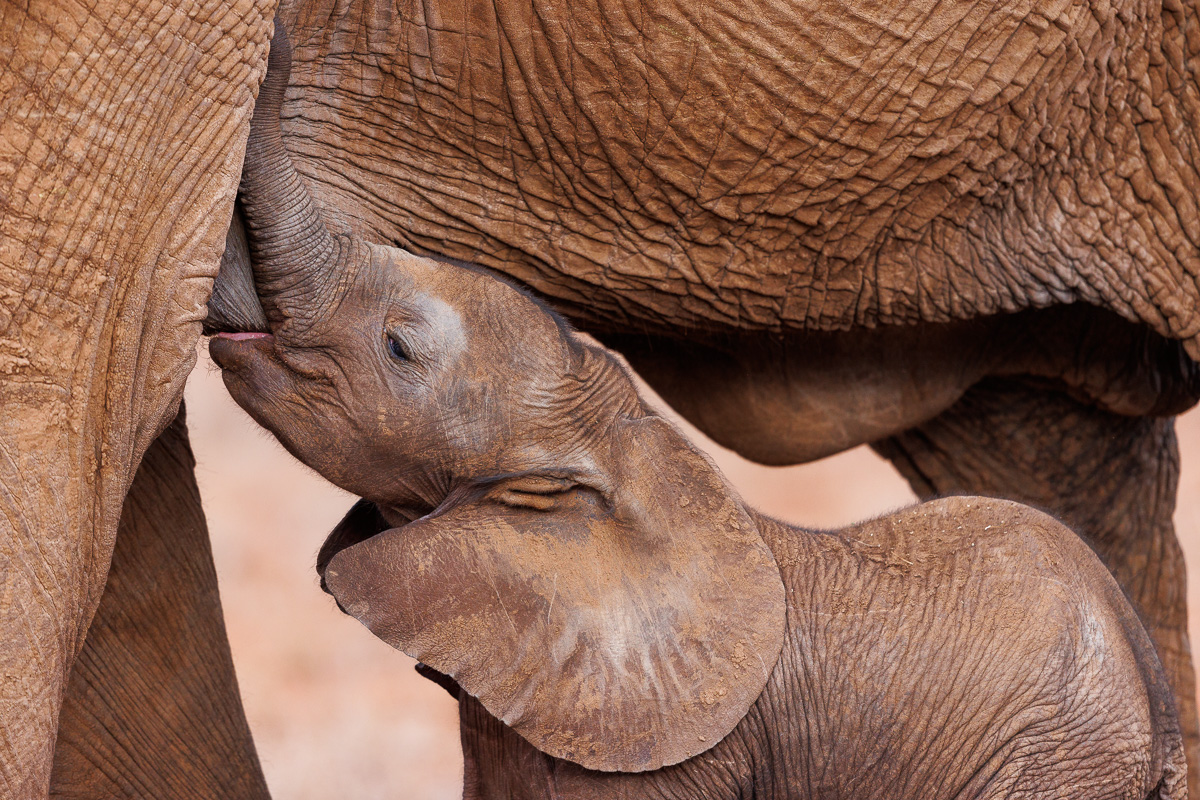
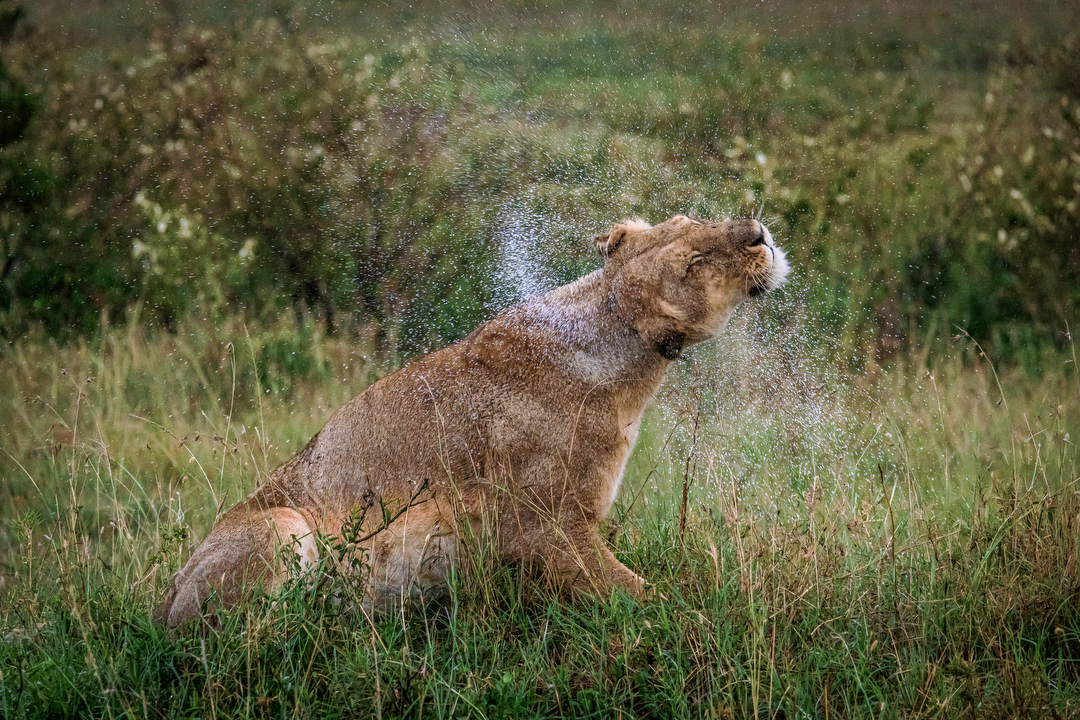
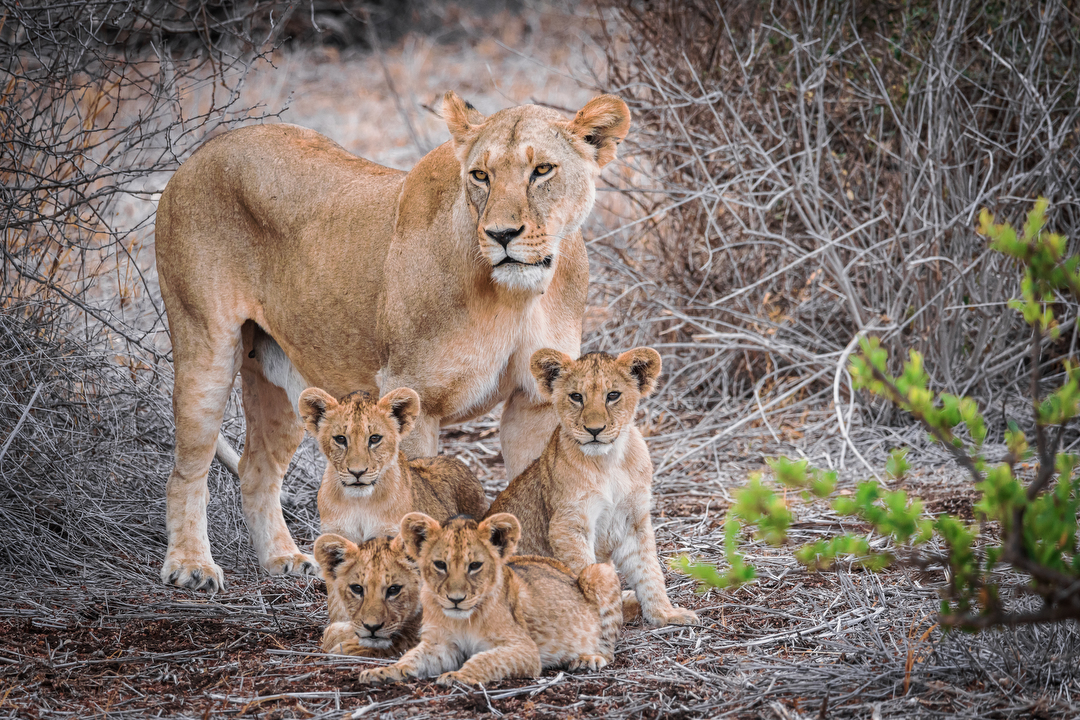
some of my ‘best of’ photos I took in Kenya
Details
Overnight stays
We stay in different types of accommodation: lodges with rooms and some with tents. Because we will mainly be on the road, we have chosen places that are not too luxurious. A bath and a spa are nice, but who wants to sit in a steam room when you can also see lions? There is WiFi everywhere, you can charge your equipment and in some places there is also a swimming pool.
Below you will find an impression of the various overnight accommodations.
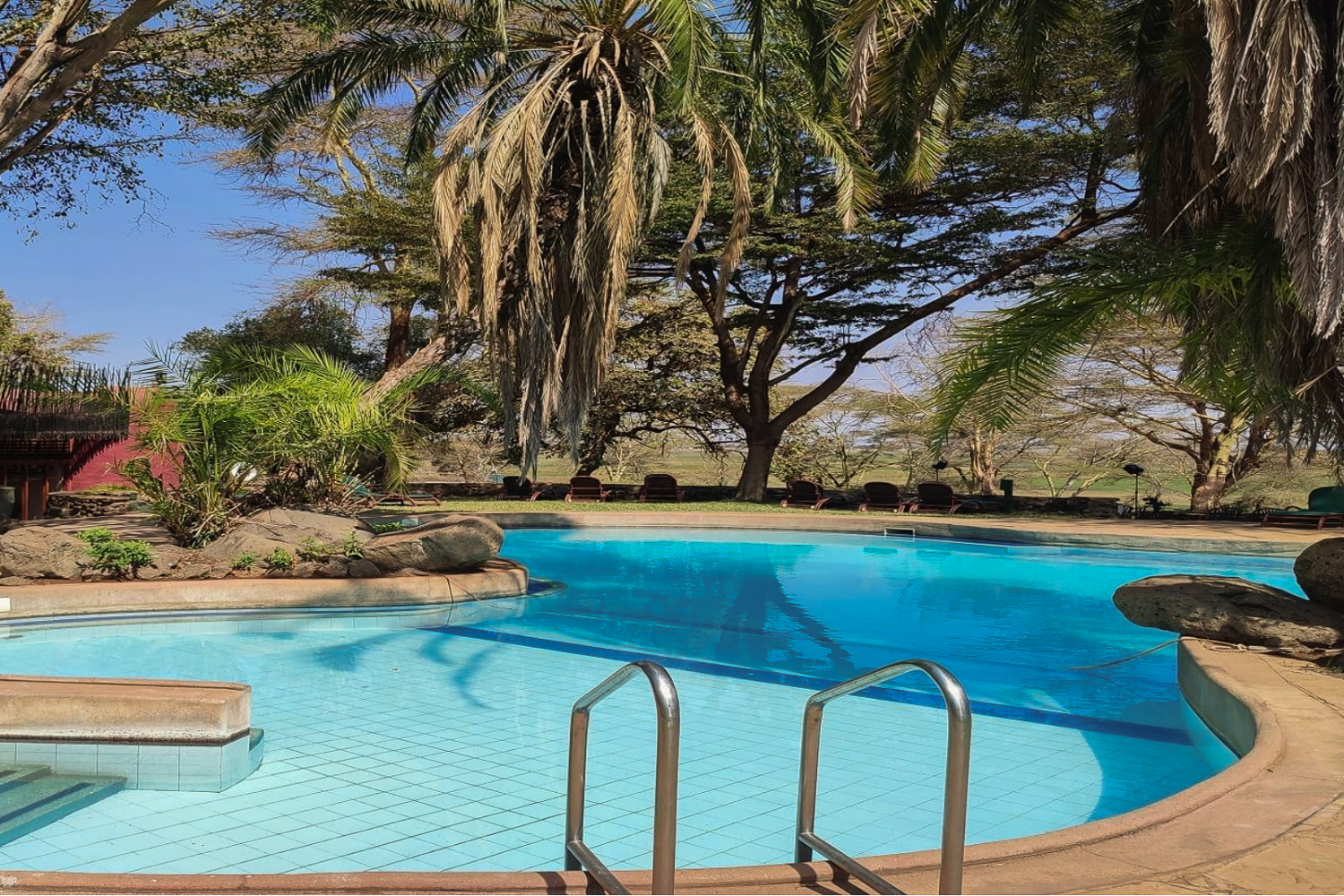
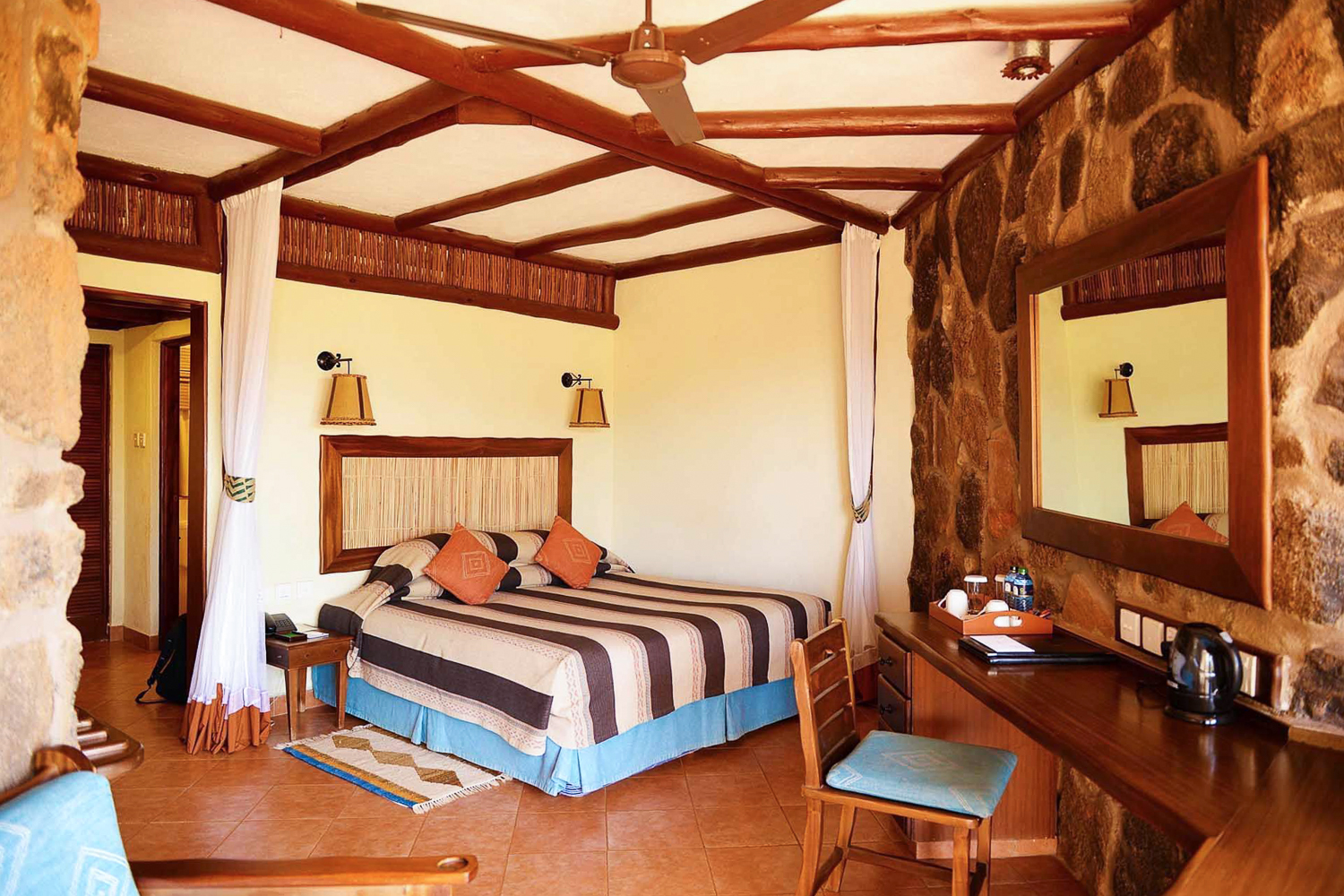
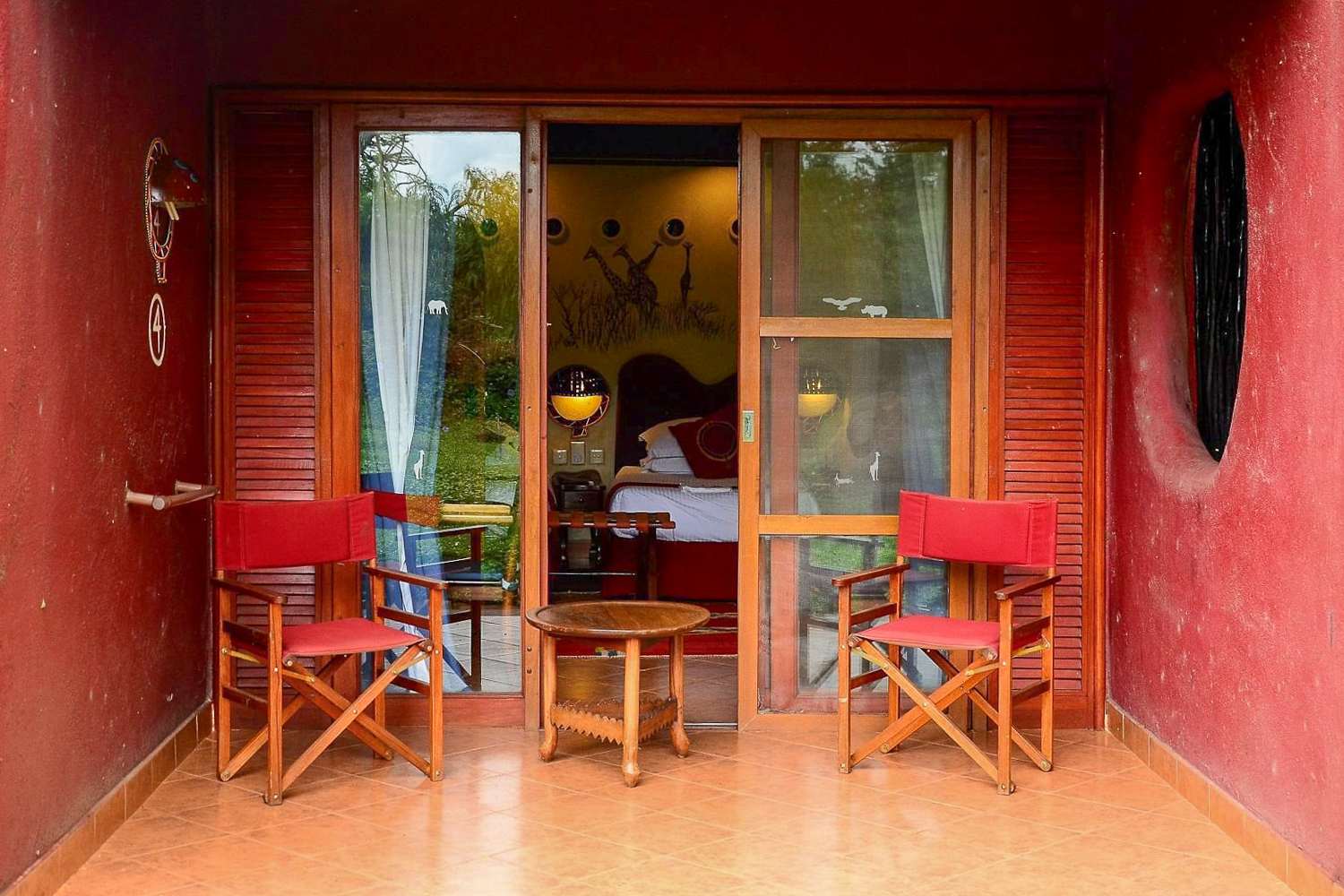
We sometimes sleep in a room, but also occasionally in a luxury tent with its own bathroom. Sleeping in a tent may sound a bit adventurous, but the camps are fenced, so the big animals won’t come near your tent. And it’s wonderful to lie in bed at night listening to the sound of the cicadas and a hyena in the distance!

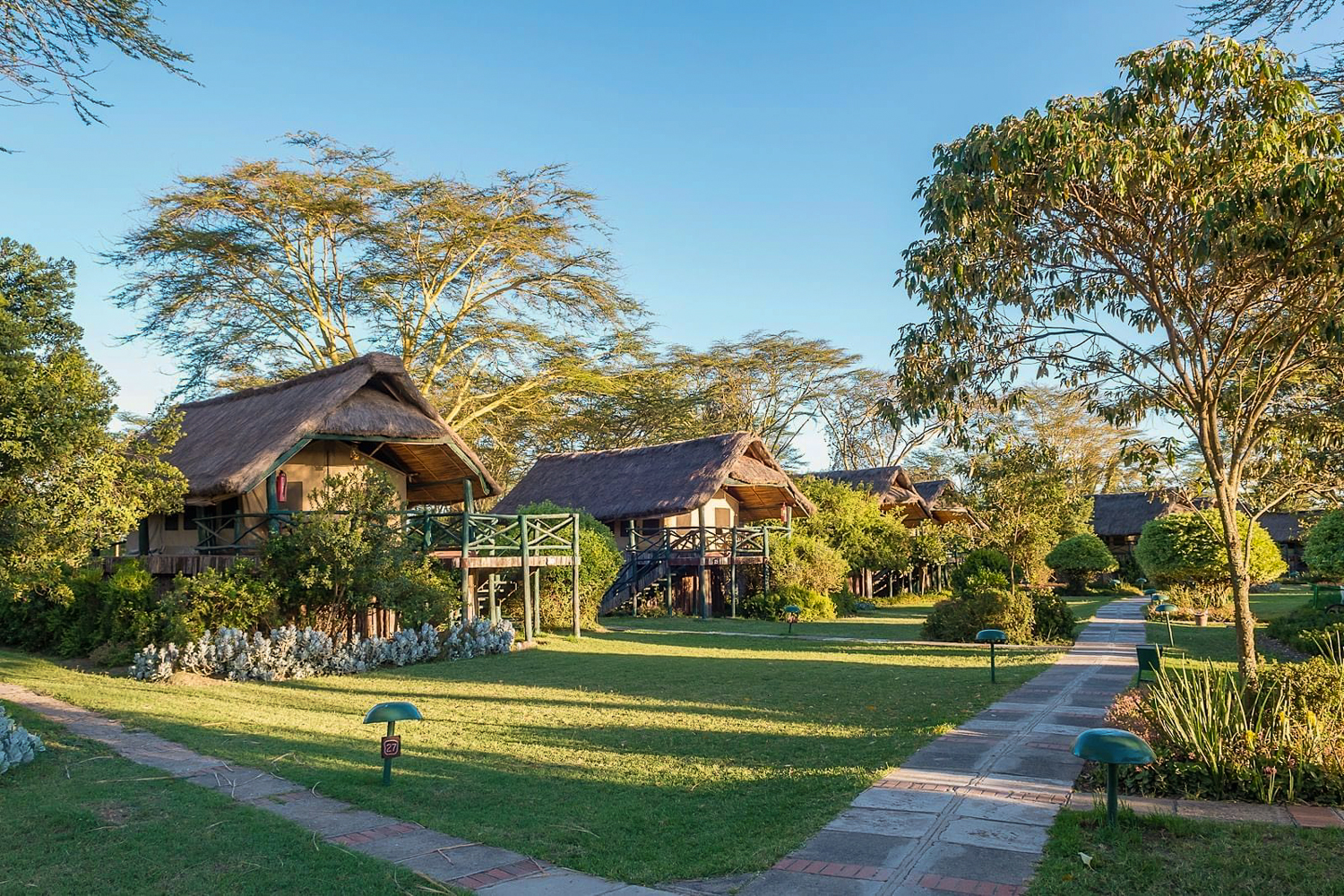
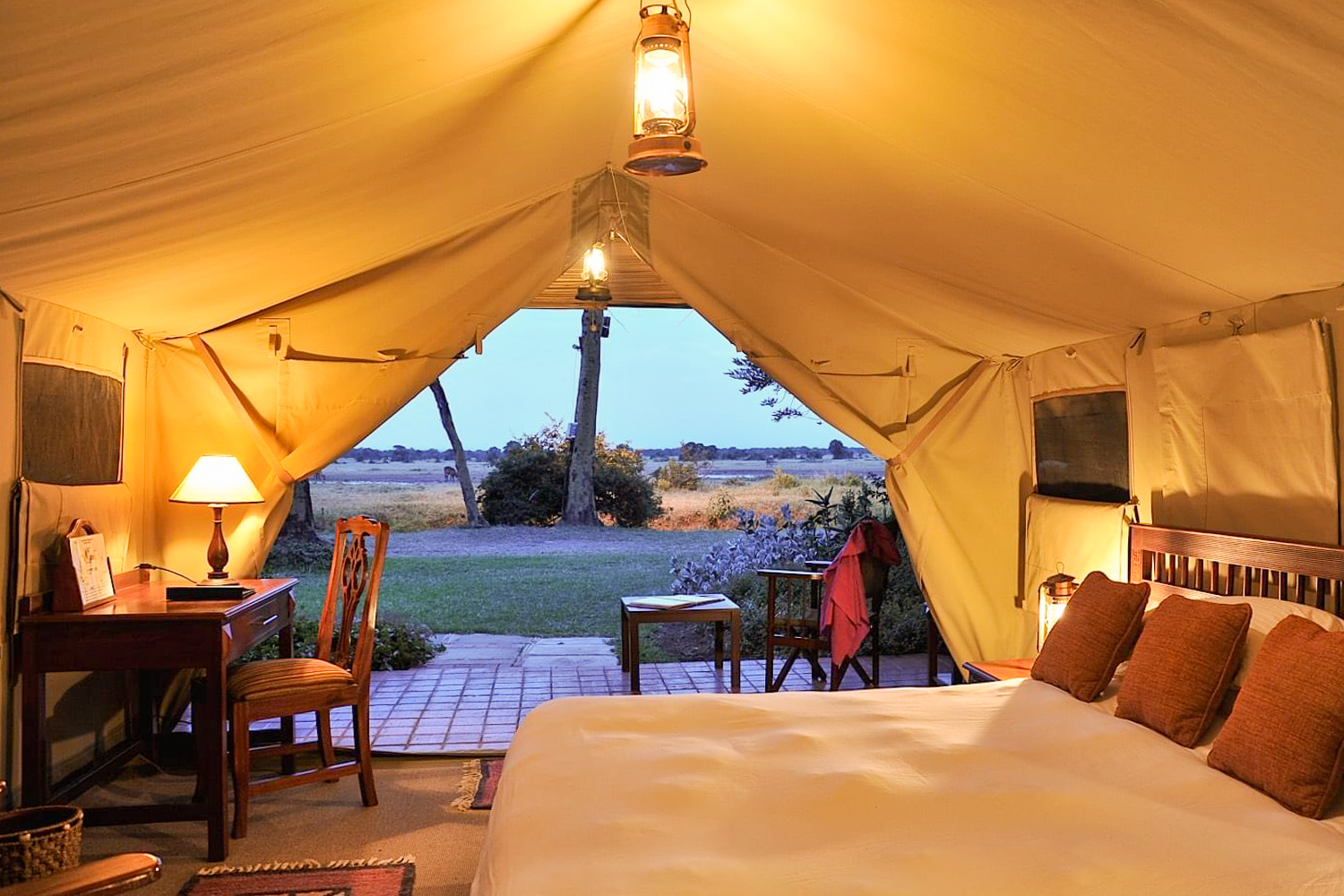
Transport
From Nairobi, where the round trip starts, we have our own transport with two local drivers/guides. We use semi-open 4×4 safari cars: the perfect way to see animals and take photos! Normally six participants fit in such a car, but because we want to give you all the opportunity to take beautiful photos, we will never have more than three participants in the car. This way everyone has enough space for their camera equipment and you can easily take photos on both sides of the car. Moreover, the roof can also be opened, so you can also use your camera from there.
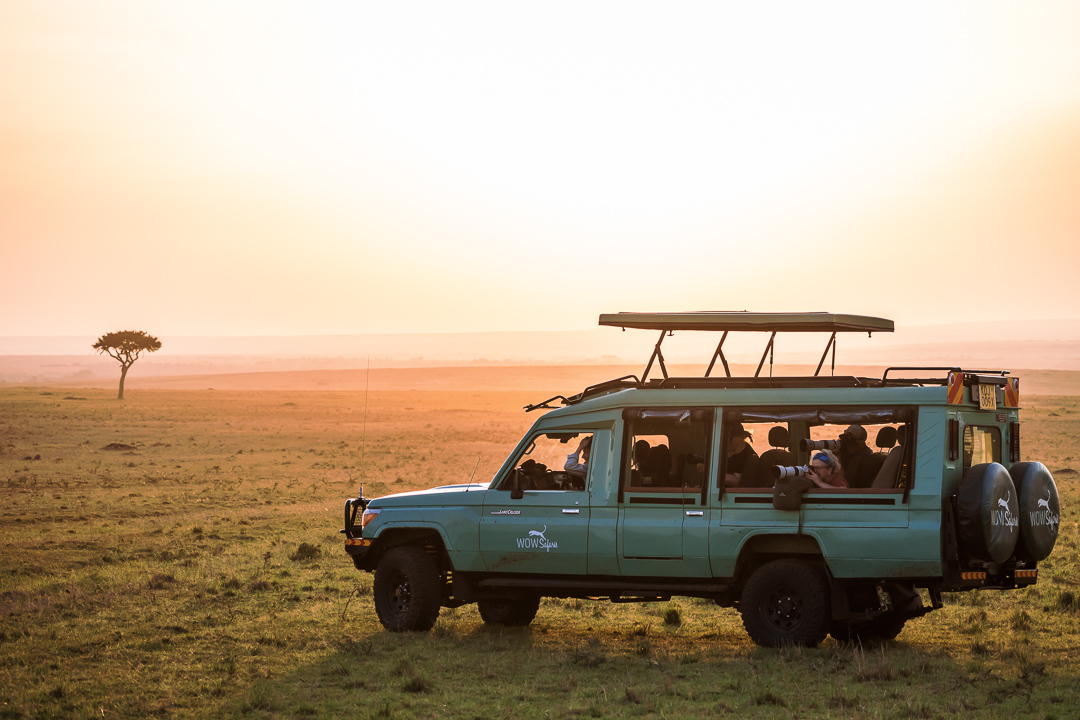
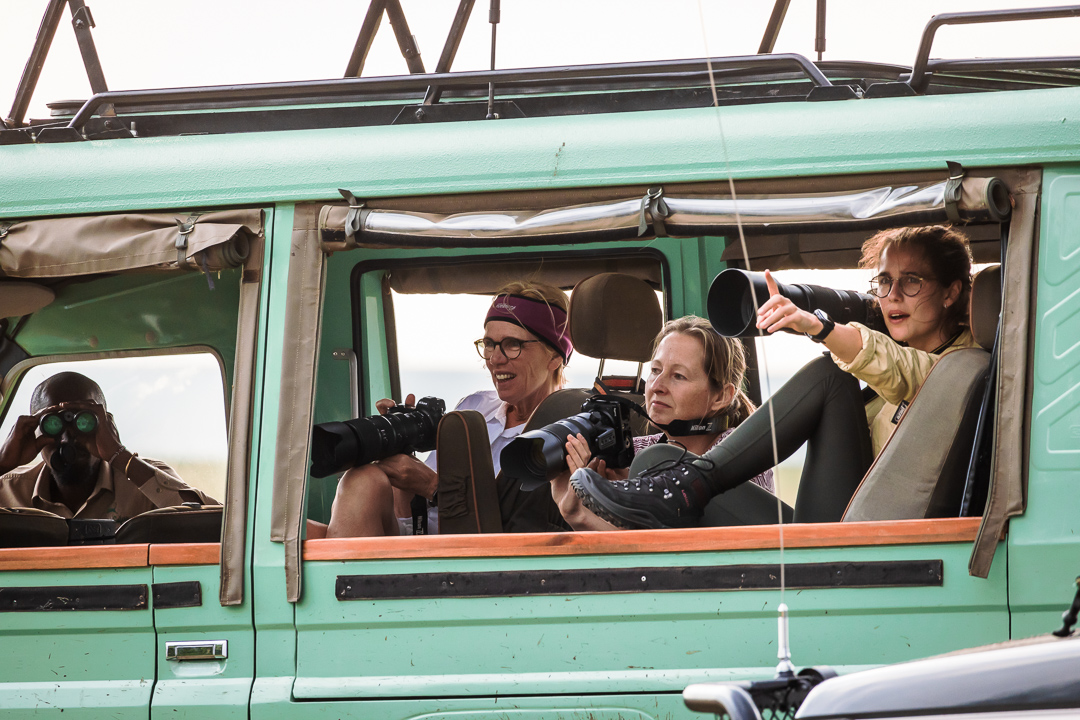
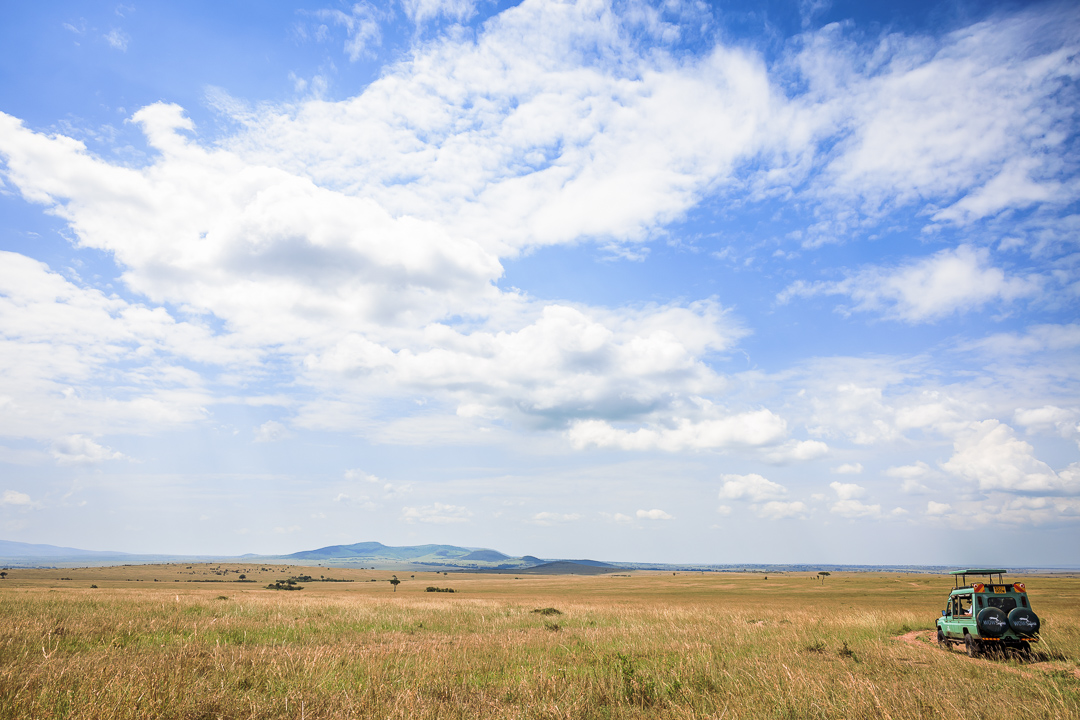
Guidance
WOW Safaris will bring along two experienced local guides who will drive the vehicles, operate the radio (which keeps us in touch with other cars in the area) and who have the final responsibility. These guides are also used to working with (professional) photographers or film crews, which means that they know what the best places are for photography and how you, as a photographer or filmmaker, want to deal with the light.
In addition, we will accompany you as an experienced wildlife photographer. This means that we can teach you a lot about wildlife photography. Think of the perfect camera settings (which are very different for wildlife than for portrait photography or weddings, for example), how to make optimal use of the light, and how you can create creative wildlife images with special techniques. We do this both along the way during the drives, and also in between at the camp where we can help you with tips for selecting or post-processing your photos in Lightroom.
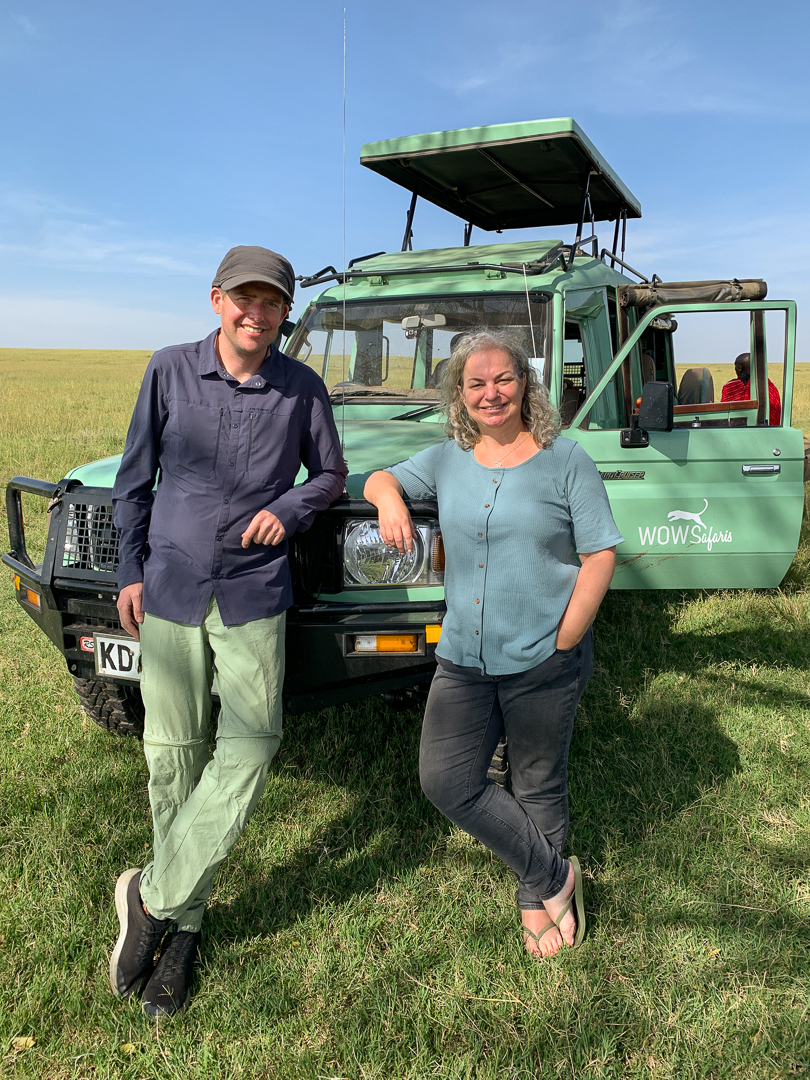
Evert Doorn
In the past, Evert made a seven-month overland trip from the UK to Cape Town and then returned to Africa very regularly. He has experience as a wildlife photographer in South Africa, Botswana, Zambia, India and especially Kenya and has guided several photo trips in Kenya. The big cats are his favorite, but he also finds the small animals and landscapes interesting. In the Netherlands, Evert has been a very professional photographer for weddings and business assignments for many years. He is also a teacher at the Gooische Fotoschool and in that role he has a lot of experience in imparting knowledge. You can see his work on Instagram: @thewildsite
Simone Janssen
Simone worked as a (camping) tour guide in Southern Africa from 2004 to 2007. During that period she did a one-month full-time course at Eco Training to learn more about the bush, such as animals, trees, tracks and everything else that is part of the great African circle of life. In the meantime, she has guided several photo trips to Kenya and South Africa. Simone is a very experienced professional photographer in the Netherlands, especially for corporate assignments and weddings, but as soon as possible she will travel to Africa again! In addition, she has worked as a trainer/coach for years in the past, so Simone can also transfer knowledge well. Her work can be found on Instagram: @simone_afrika
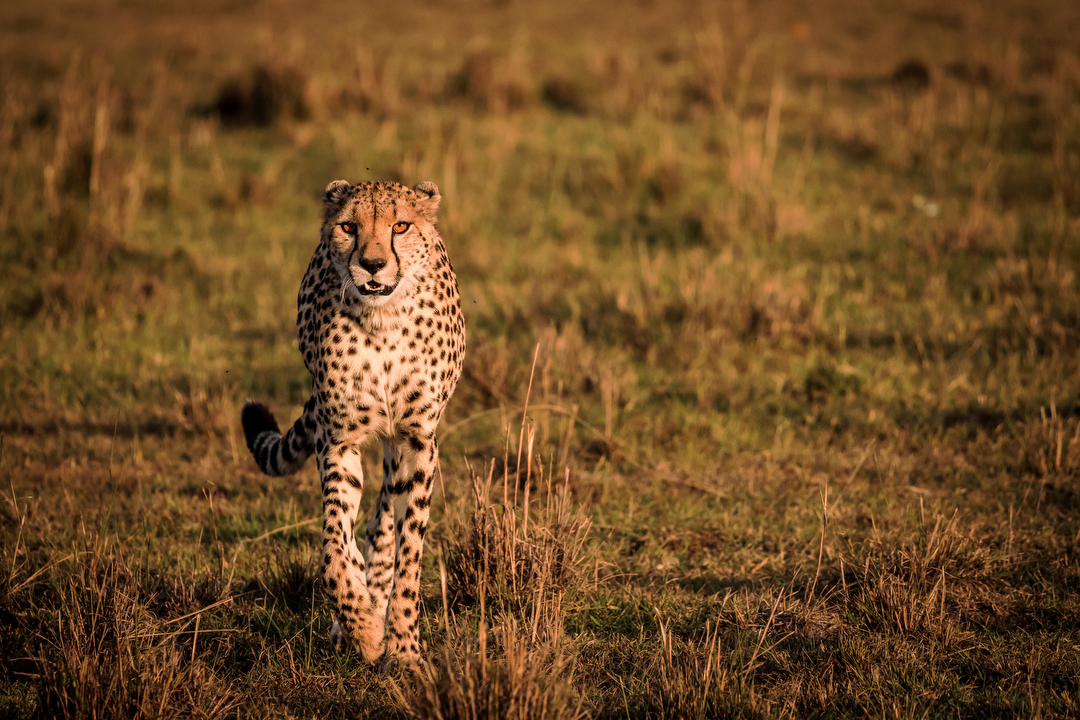
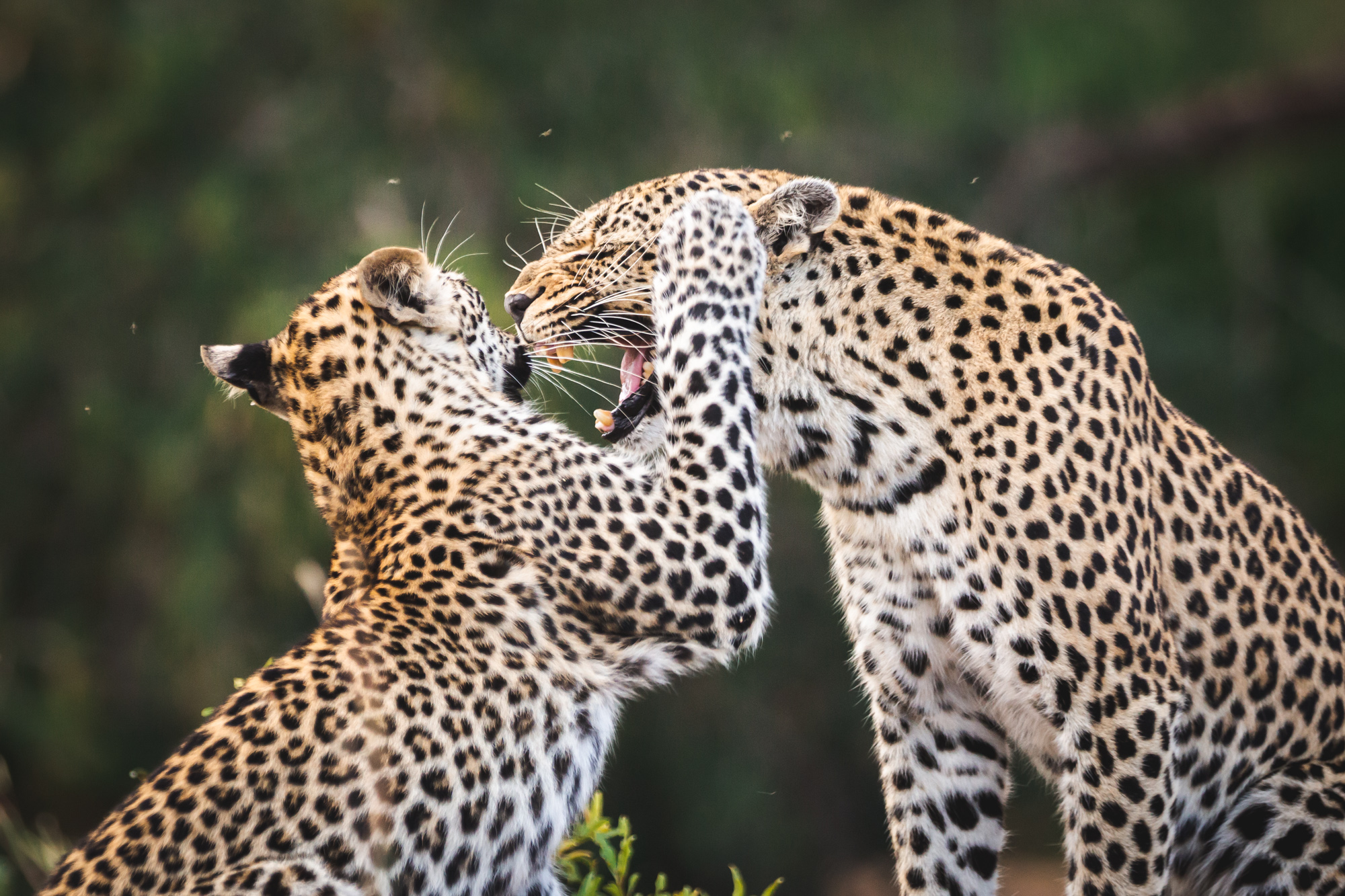
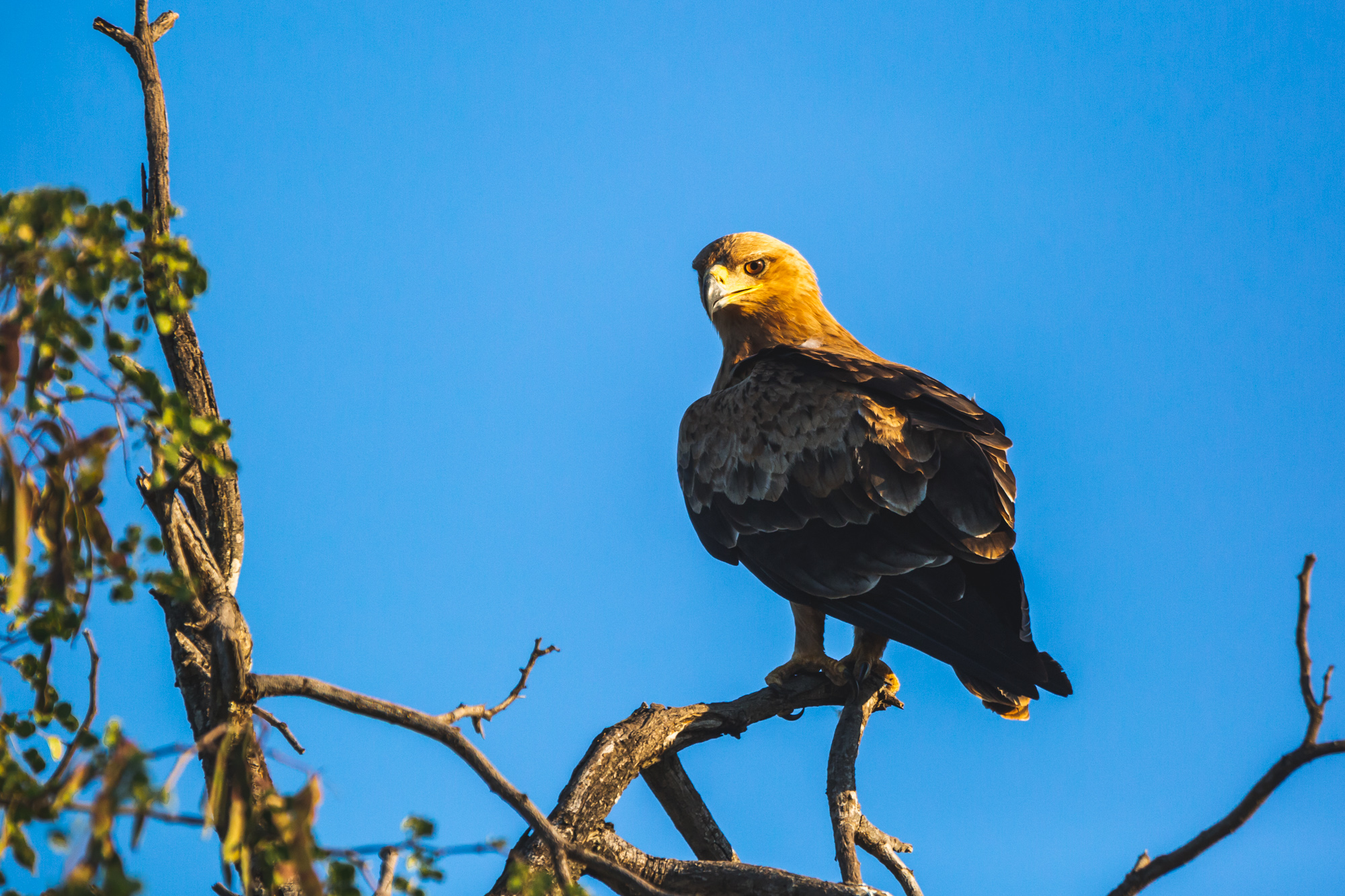
Equipment
Bring a camera that you know well. We recommend a wide-angle lens to take beautiful landscape photos and a zoom lens to get closer to animals. Consider, for example, a 400, 500 or even 600 mm lens. Bean bags to support your lens are available in the cars. An extender is certainly useful, although you will probably want to take it off at night to make your lens a bit brighter. Renting equipment is also an option! If you are unsure whether your supplies will be sufficient, please contact us.
Also remember that you have enough storage with you, also to make a backup if necessary. A laptop or many memory cards are not an unnecessary luxury!
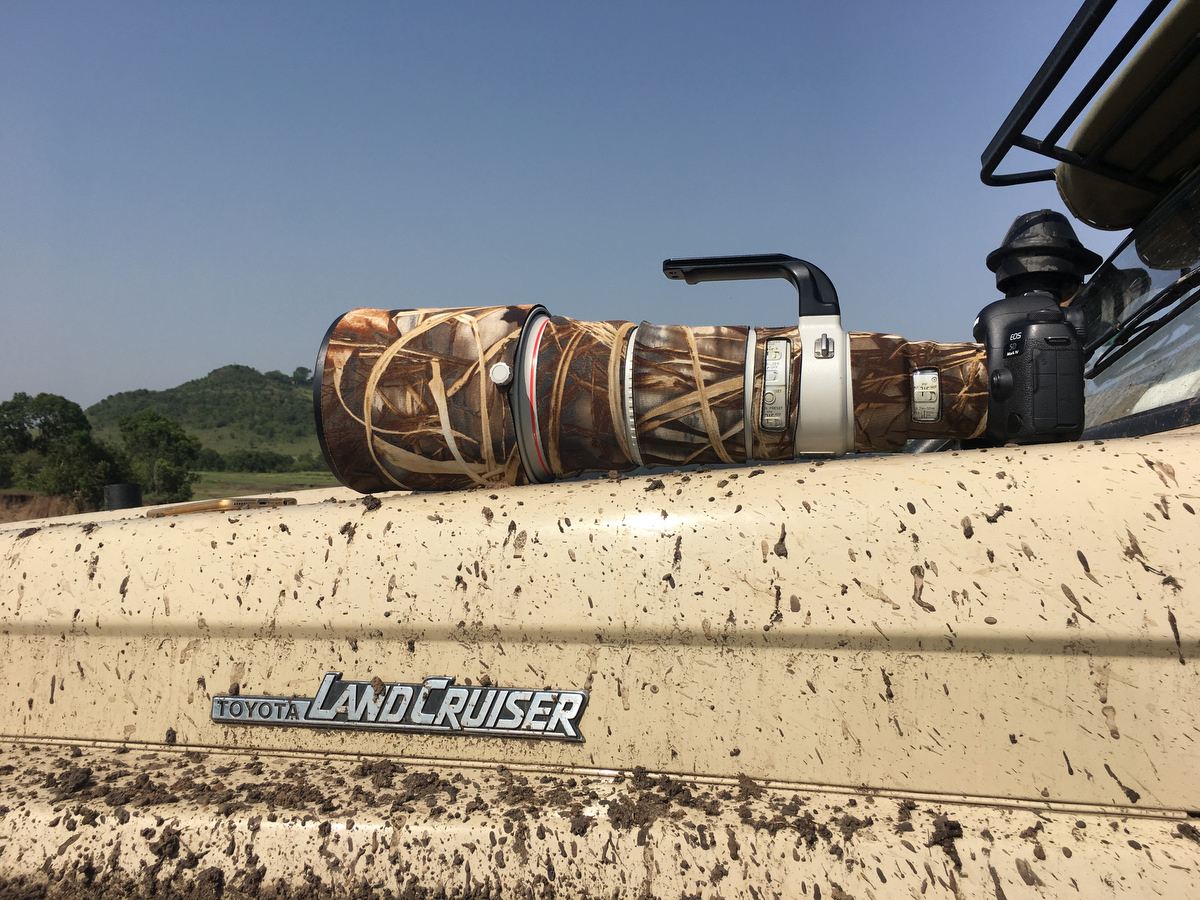
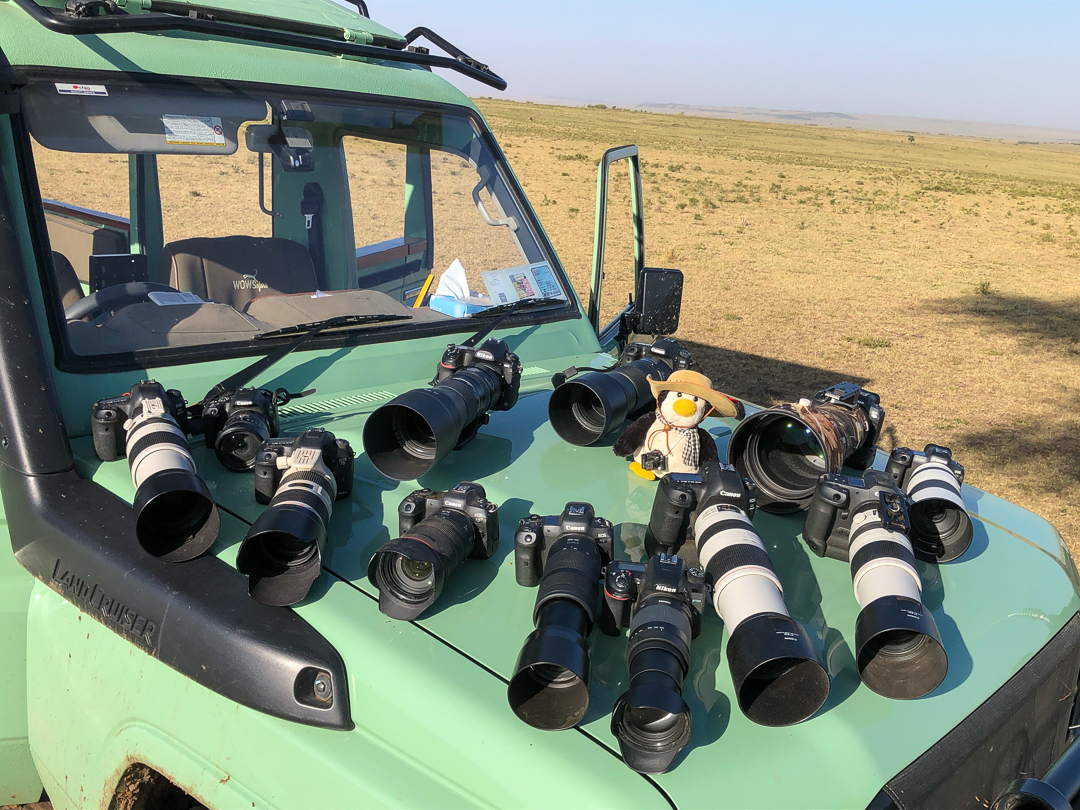
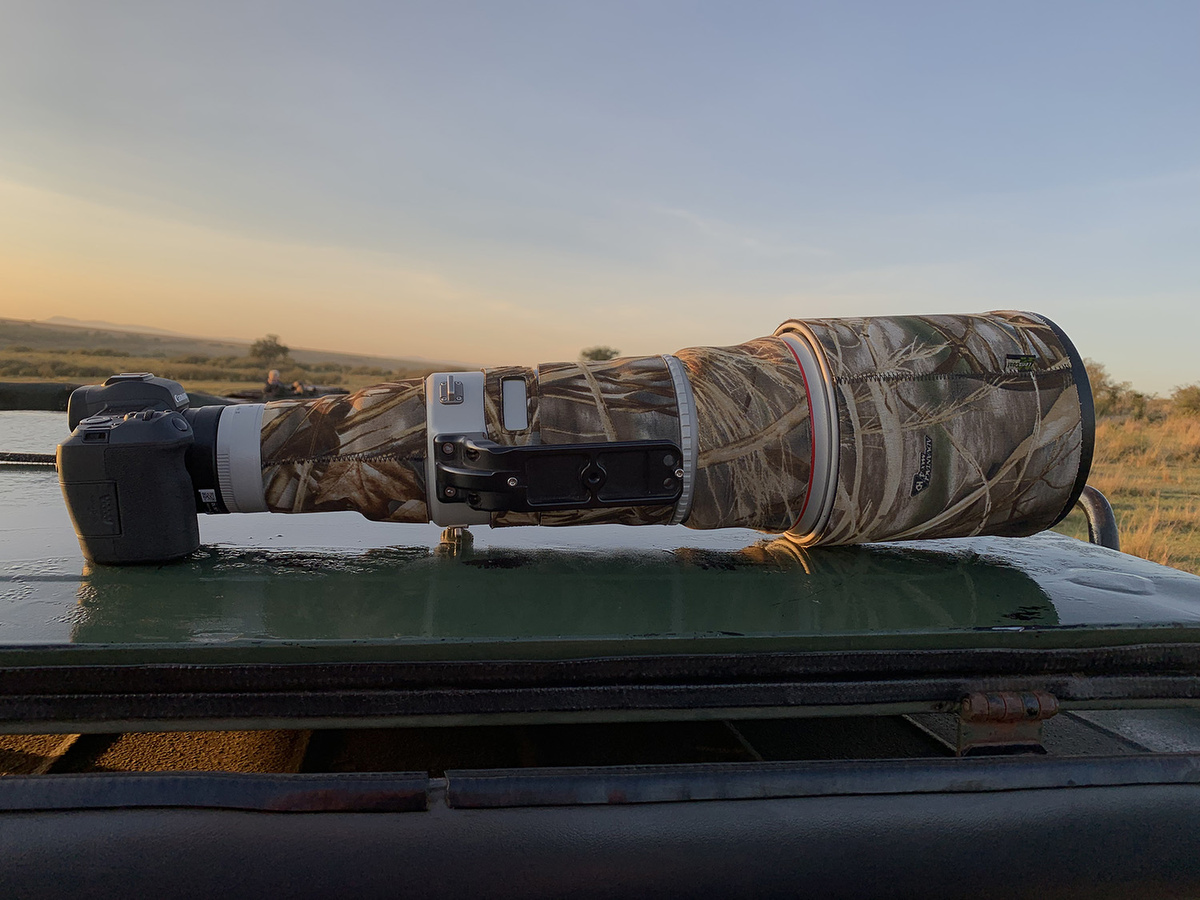
Extra’s
We offer this photo tour with starting and ending points in Nairobi, the capital of Kenya. If you want to extend your holiday with a visit to the coast, Zanzibar, Tanzania or Southern Africa, for example, that is of course possible. We have good contacts in both eastern and southern Africa who can help you with this. But of course you can also do this yourself.
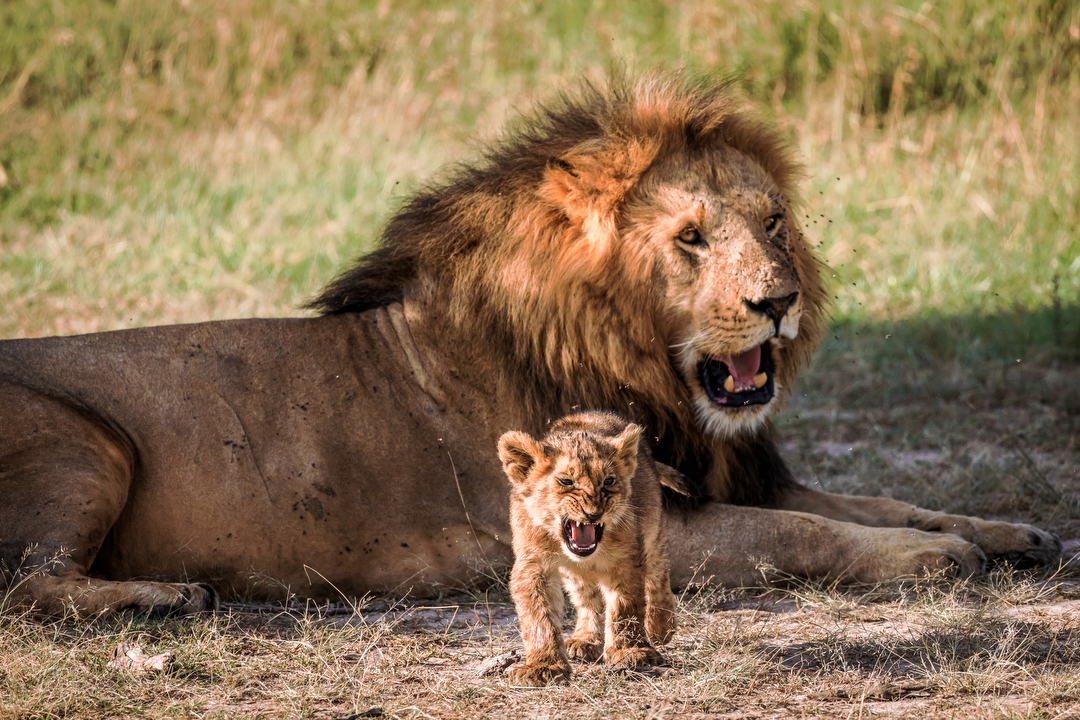
Why is this specifically a photo tour?
- To start with, you will learn a lot in the field of (wildlife) photography! We sleep, eat and drink photography and are not only passionate about this form of photography, but also very motivated to share our knowledge and ensure that you come home with beautiful photos
- We have space in the car, no one has to sit in the middle
- As a wildlife and landscape photographer, we can help you take the best photo (and also tell you something about most animals)
- there is no rush to find the next animal and check off a list; we take photos as long as we want and no one asks ‘are you ready yet?’
- Once in the accommodation there is plenty of time to view and edit photos, learn from each other and talk about photography for hours!
“It was a wonderful trip… And I am amazed at how beautiful the photos turned out. With a lot of patience and a chuckle and a wink, Simoon taught me the tricks.” (Sarah Beek)
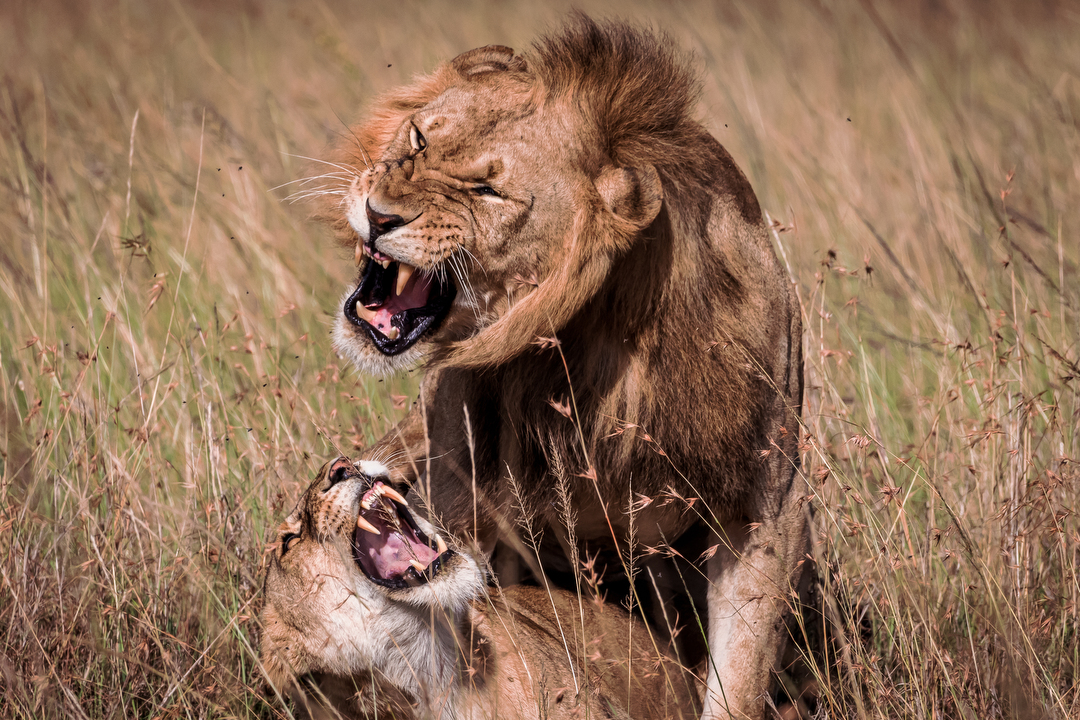
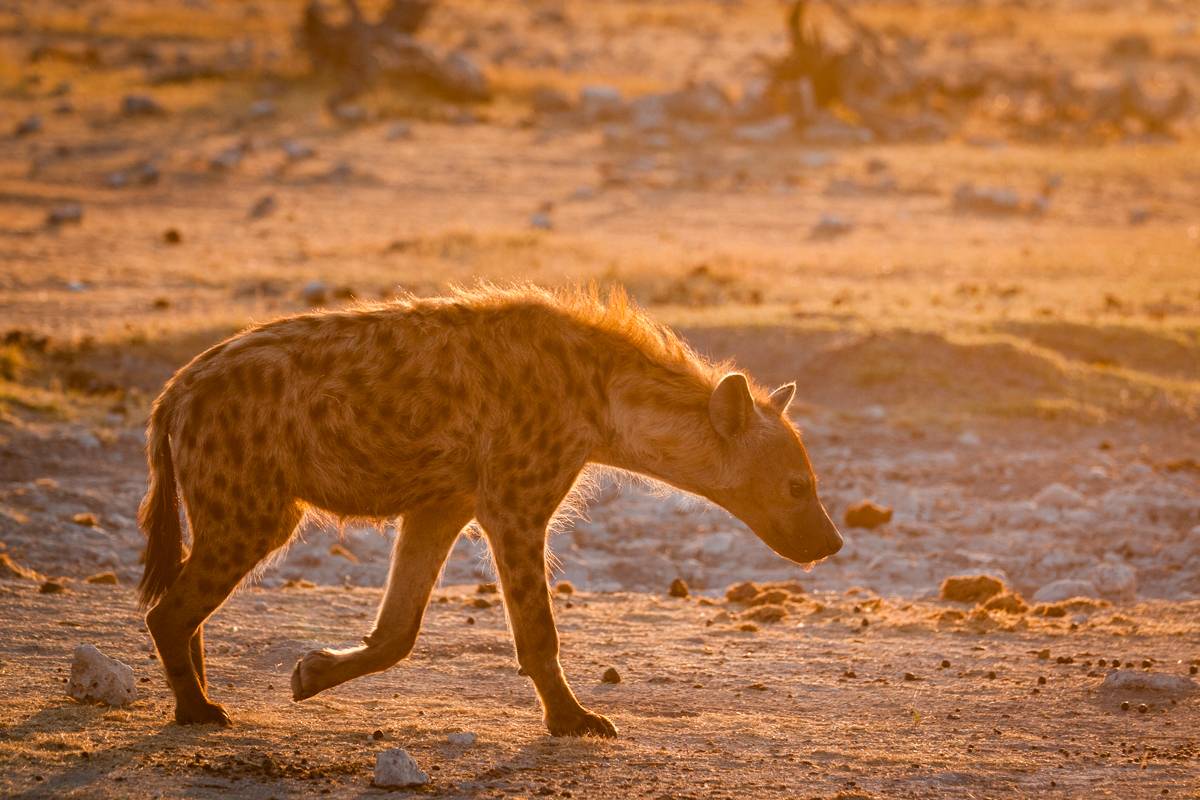
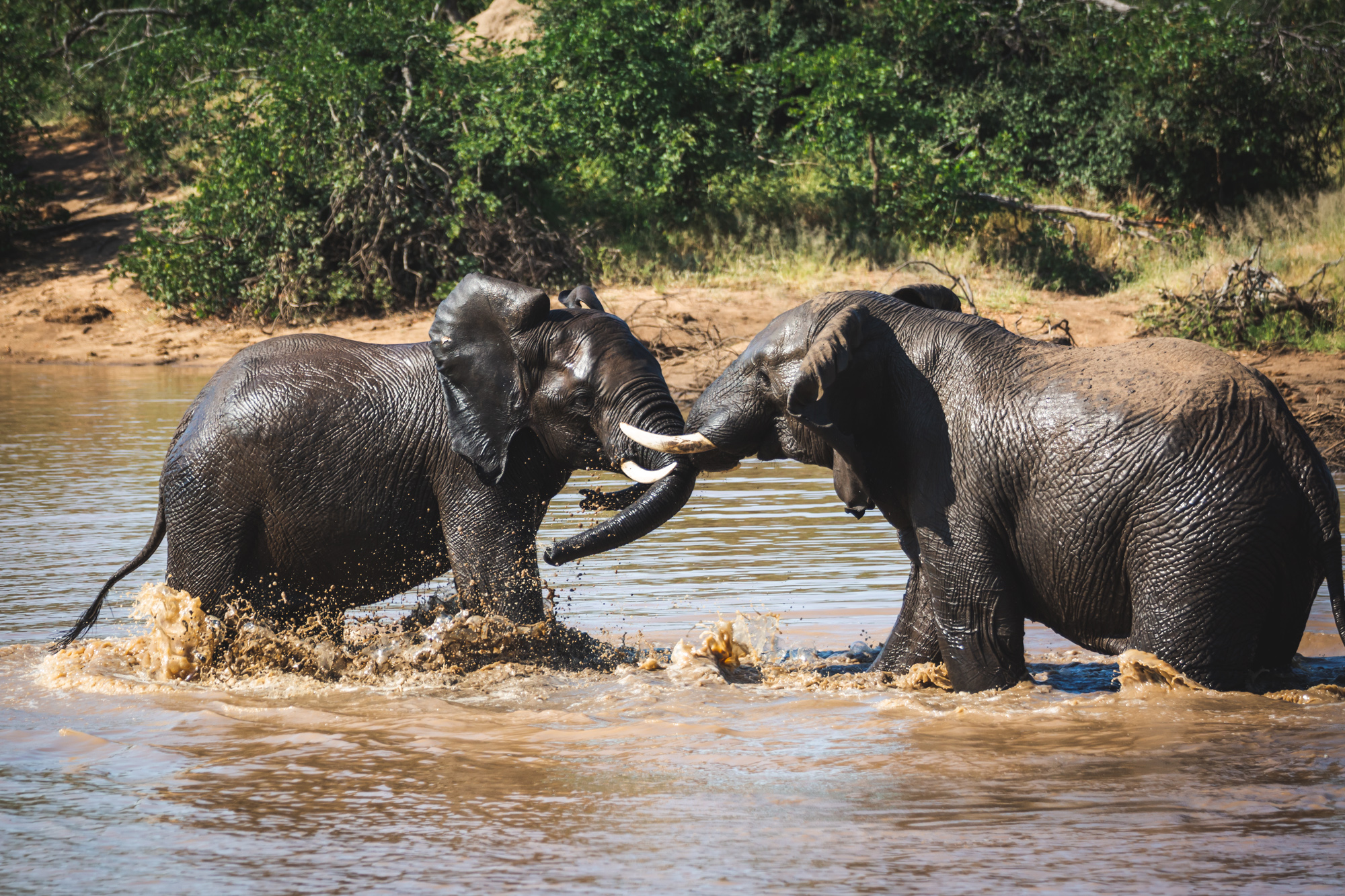
Date and costs
Tour date: new dates to be added
Costs: will follow
The total costs are based on a double room. Would you rather not share a room? Of course that is also possible. For an additional charge of USD 750 you have the entire kingdom to yourself. A deposit of 30% is due. The payment and price is in USD because you book directly with WOW Safaris which is based in Kenya.
Short daily schedule:
- Day 1: arrival in Nairobi, first meeting
- Day 2: early departure from Tsavo East, afternoon drive
- Day 3: Tsavo East
- Day 4: departure to Tsavo West, afternoon drive
- Day 5: morning drive, departure to Amboseli
- Day 6: Amboseli
- Day 7: morning drive, departure to Nairobi
- Day 8: departure to Samburu, afternoon drive
- Day 9: Samburu
- Day 10: departure to Ol Pejeta, evening drive (night)
- Day 11: Ol Pejeta
- Day 12: arrival in Nairobi, finish
Included:
- all transport from Nairobi to Nairobi
- 11 nights based on a double room
- English speaking local guides
- English and Dutch speaking professional photographers
- meals as descripted in the dayly schedule
- all entree fees
- coffee, tea and water
Excluded:
- international flights
- all drinks, snacks and meals not mentioned in the daily schedule
- vaccinations
- travel and cancellation insurance
- tips and souvenirs
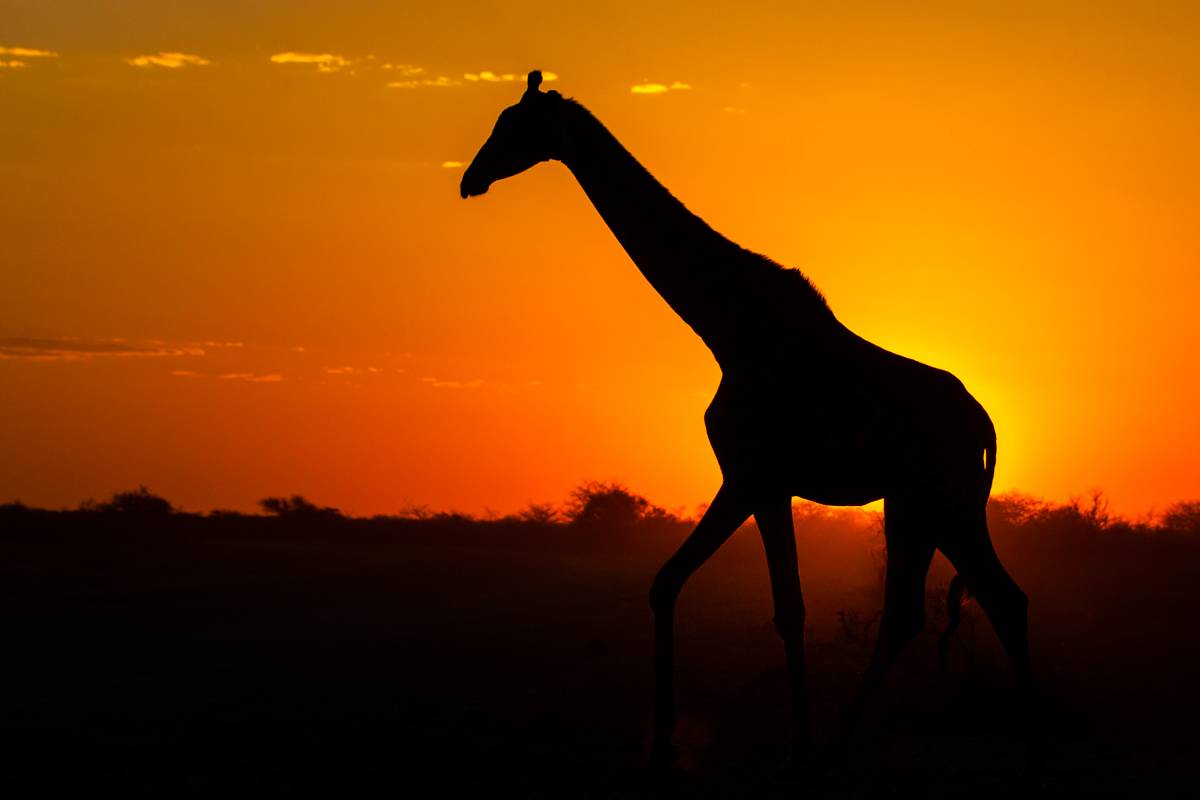
Day to day trip description
Day 1
Arrival in Nairobi. Most flights from Europe arrive in the (late) evening. Today we will pick you up from the airport, get to know each other briefly and then we will quickly go to sleep: we will leave early tomorrow!
Day 2 (breakfast, lunch, dinner)
After an early breakfast (possibly we can take a so-called ‘packed breakfast’ with us), we set off for Tsavo East. This is a ride of about half a day during which we will increasingly leave the city behind us. Tsavo East is known for its red sand that can make for beautiful photos with red dust in a soft sunset. East is separated from West by the well-known railway line that runs from Nairobi to Mombasa on the coast. After lunch, and once we have checked in, we leave for a first drive in the park.
Day 3 (breakfast, lunch, dinner)
Today we explore Tsavo East further. Depending on where the animals are located, we make a separate morning and afternoon drive, or we do a whole day. These are things that we can often only decide on the spot. Tsavo is much quieter than, for example, the Masai Mara, which gives us the opportunity to take extensive photographs here. Fingers crossed for many animal encounters!

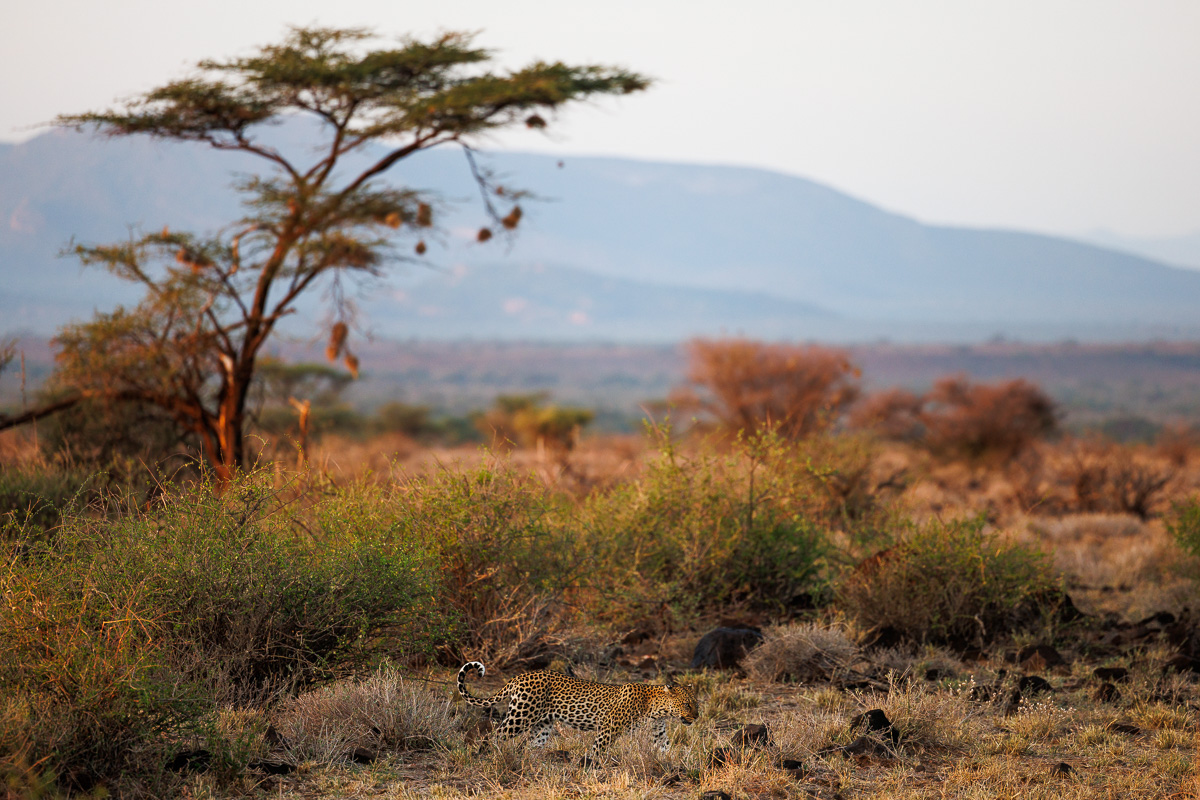
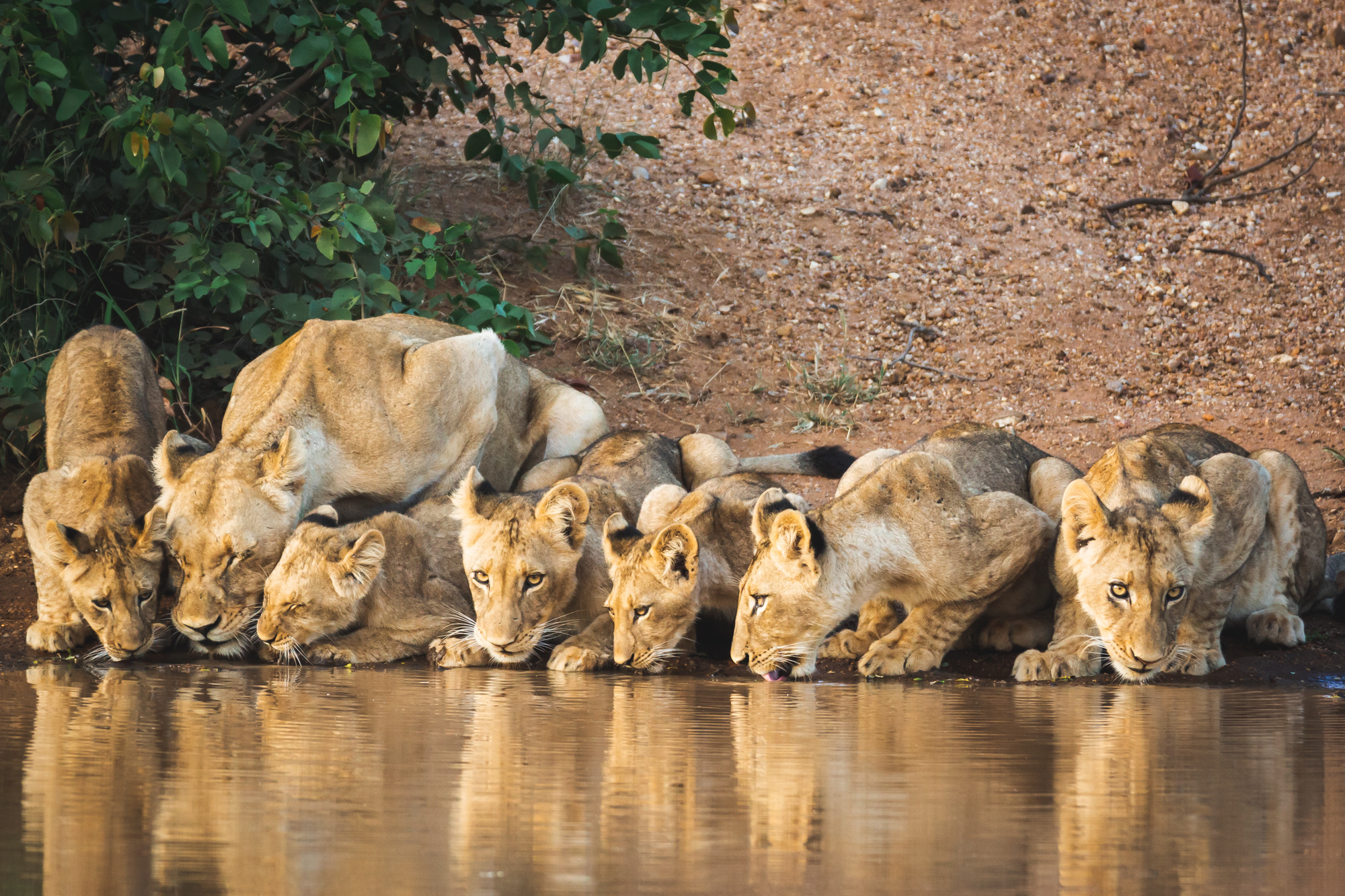
Day 4 (breakfast, lunch, dinner)
Today, after a short morning drive, we leave the eastern part of Tsavo. We cross the railway line and the highway and arrive in Tsavo West, on the border with Tanzania. In this area we see traces of volcanoes, swamps and water springs: all in all a very interesting landscape! And because of the red dust, the elephants here turn just as red. How cool!
Day 5 (breakfast, lunch, dinner)
Tsavo West is not nearly as big as East and that is why we only sleep here one night. Today we have a fairly short drive, to Amboseli. Finally it’s time for that iconic image: Kilimanjaro, which rises majestically from nowhere alone in the flat landscape. Of course we hope for an open sky and elephants in the foreground. But otherwise we can also indulge in all kinds of beautiful birds (pelicans, kingfishers, flamingos), the hippos and all the other animals that live here.
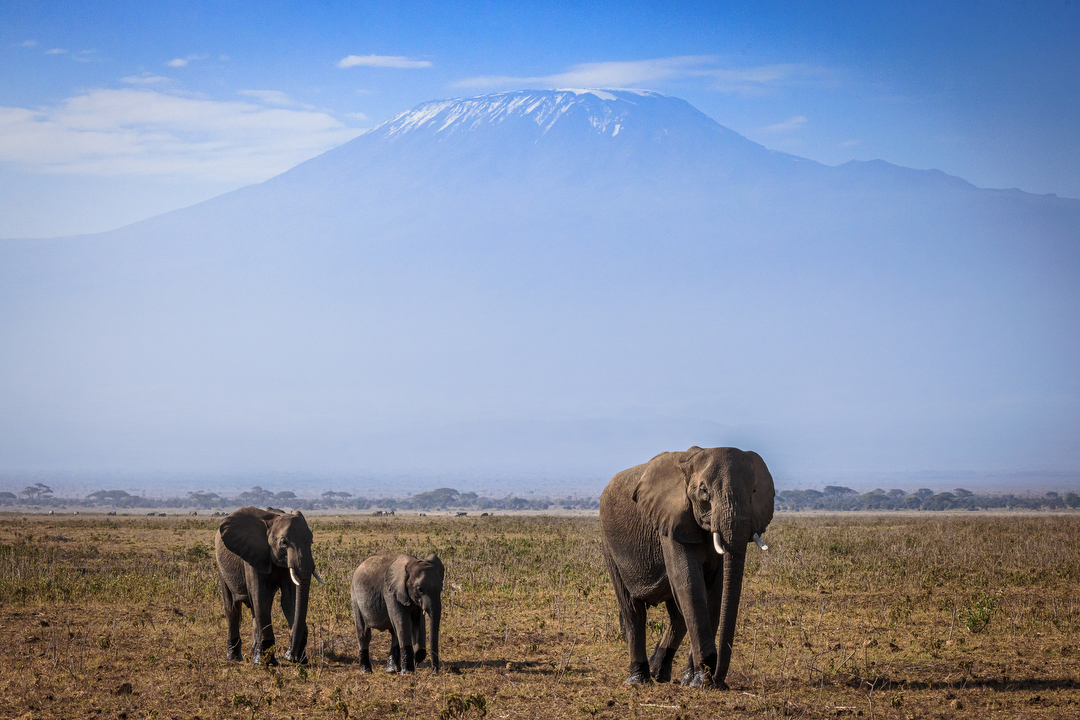
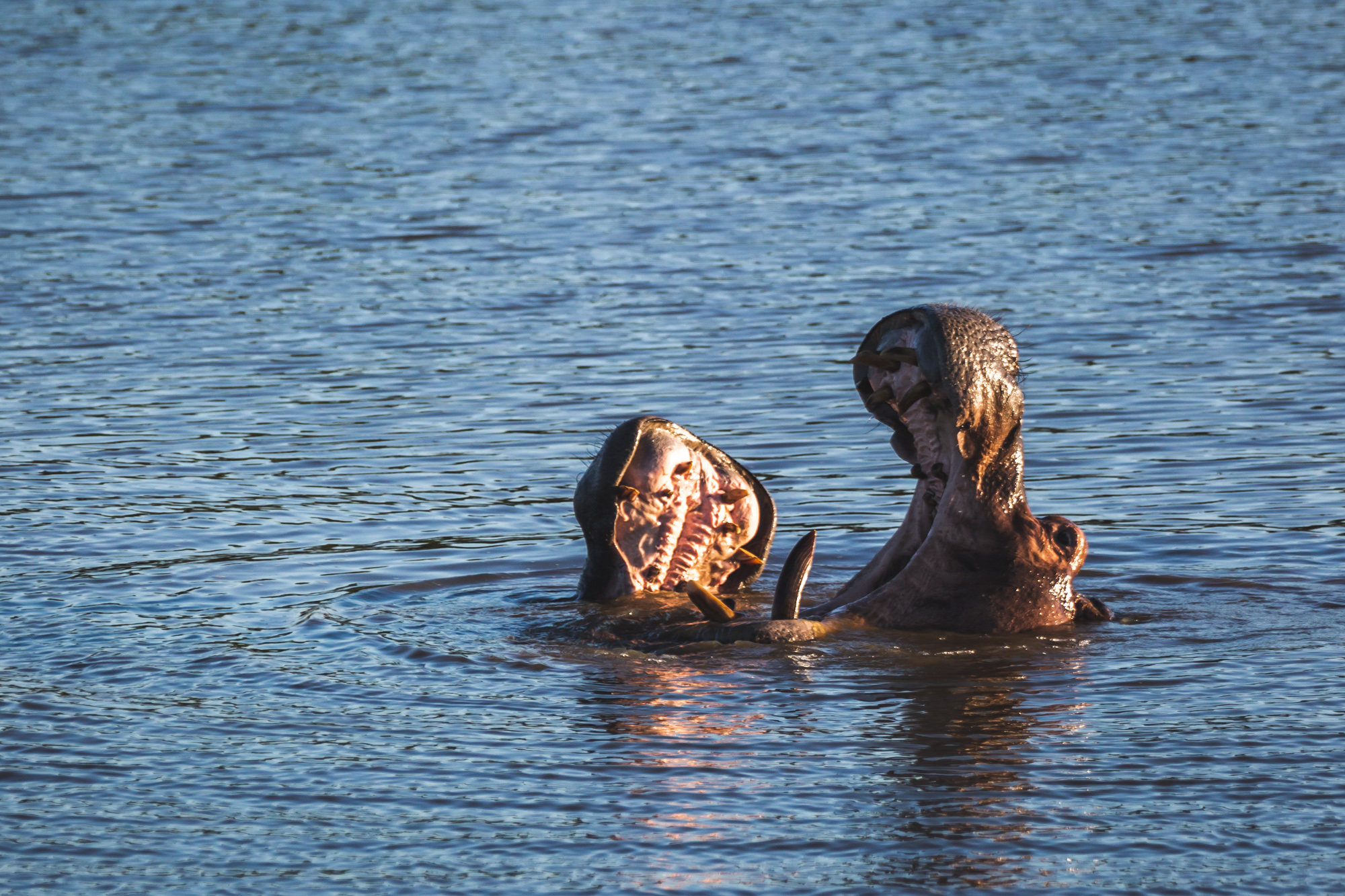

Day 6 (breakfast, lunch, dinner)
Today we have all day to explore Amboseli further. In the meantime, we keep an eye out of the corner of our eyes to see whether any elephants are visible in front of Kilimanjaro!
Day 7 (breakfast)
Because the drive to Samburu in one day is too long, we make a stopover in Nairobi today. That immediately gives us the opportunity to do some shopping if necessary. In principle, everyone is free to do whatever they want in the evening. There is an excellent shopping mall right next to the hotel where you can get something to eat, but you can also buy something at the local supermarket and go to bed early.
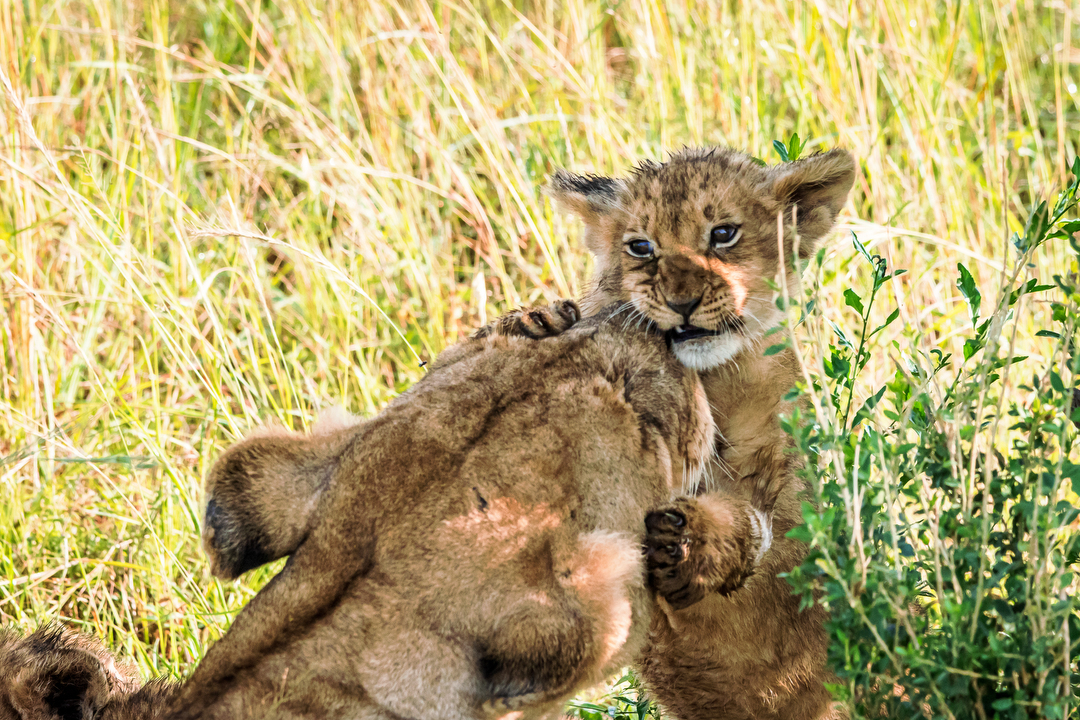
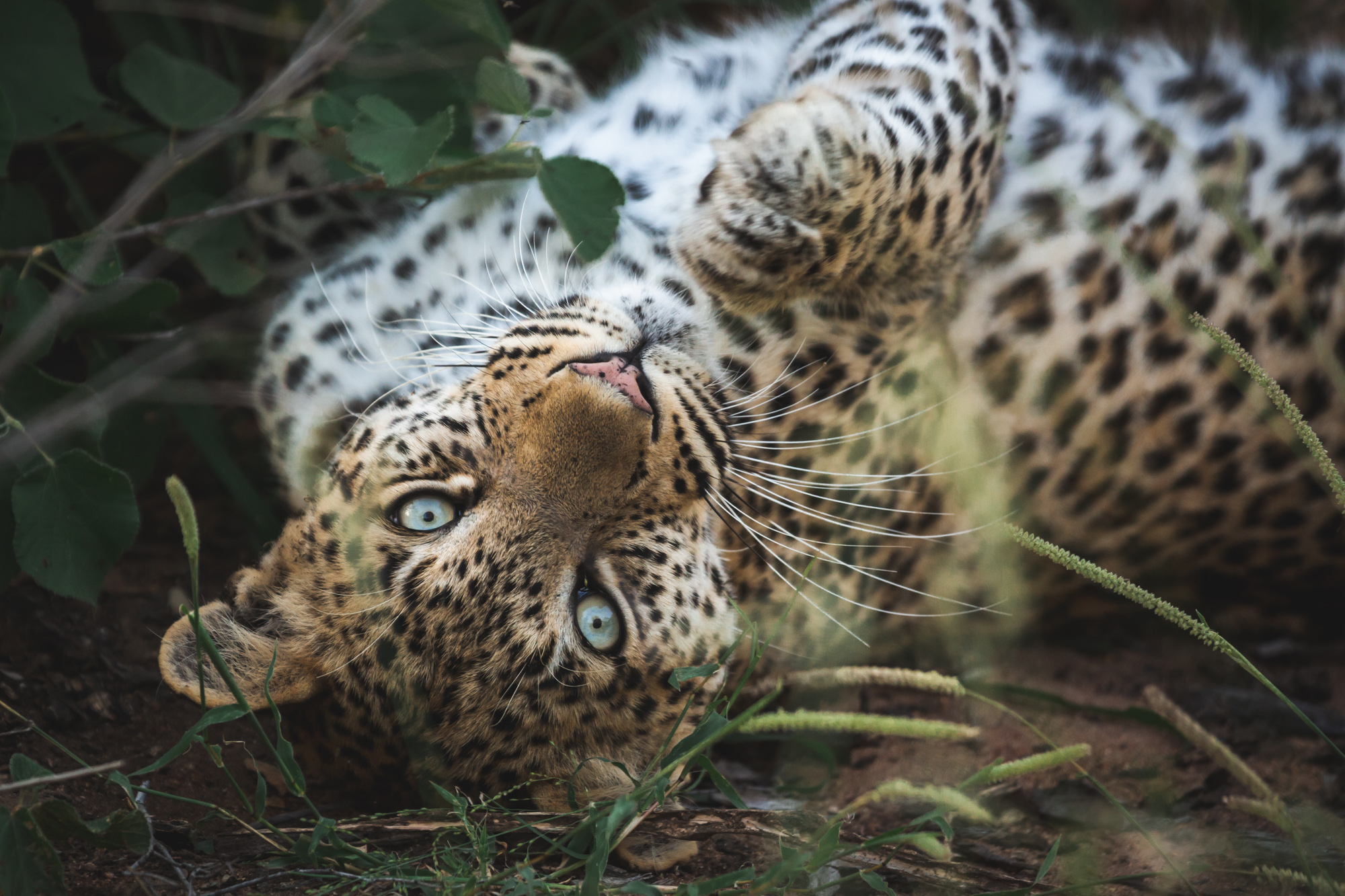
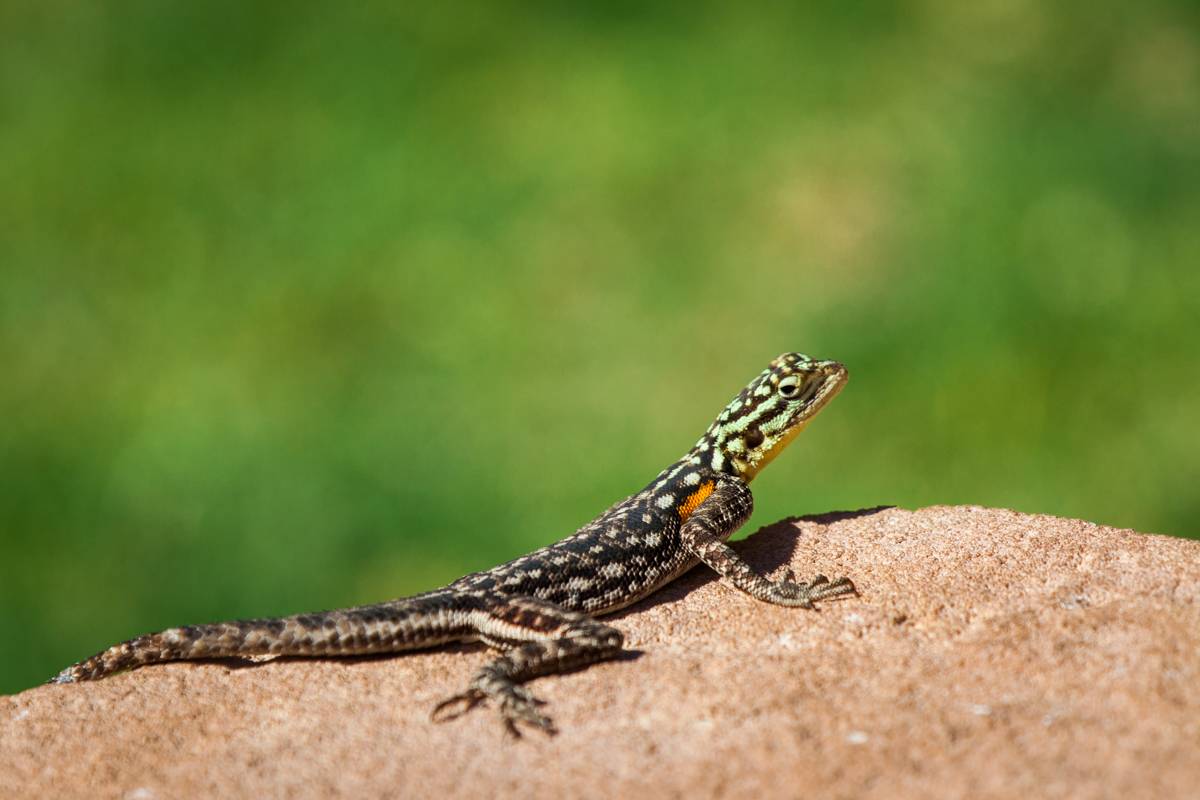
Day 8 (breakfast, lunch, dinner)
Early day again! But this time towards Samburu in the north. Along the way we pass the rugged mountain peaks of Mount Kenya. Then we leave the plateau and the temperature will rise. Samburu is located in a semi-arid desert area and that affects both the landscape and the animal life! In Samburu, for example, you will find the generuk (or giraffe gazelle), but predators are also frequently present here. Samburu is also a beautiful place to spot birds of prey and large herds of elephants. After arrival and lunch we will do an afternoon drive.
Day 9 (breakfast, lunch, dinner)
A full day in Samburu. We go out to discover new landscapes and find animals.
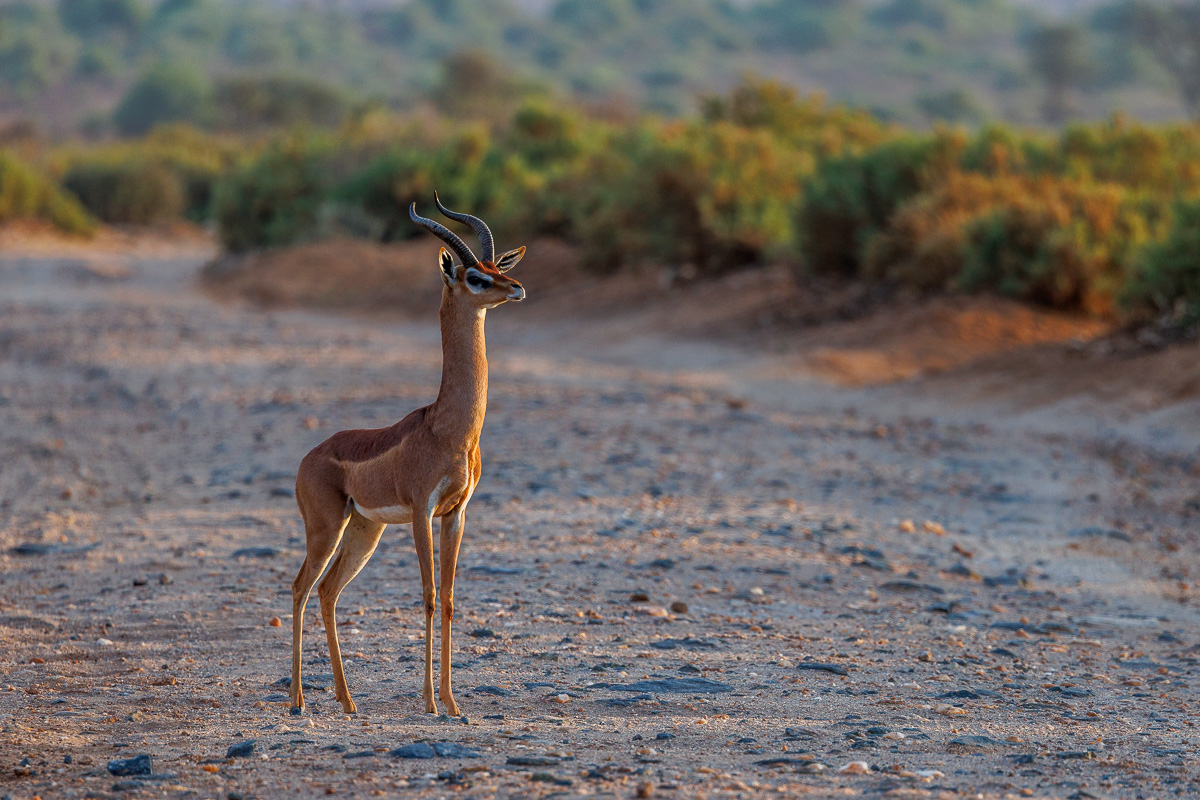
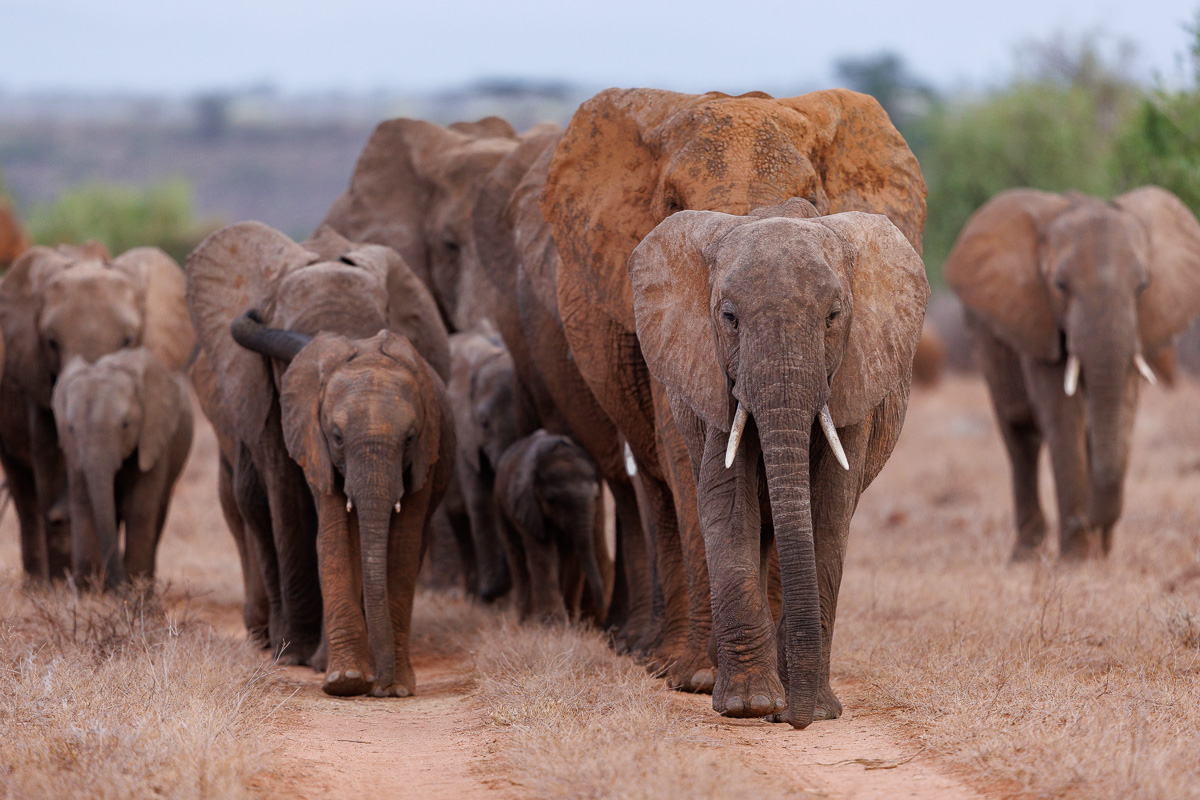
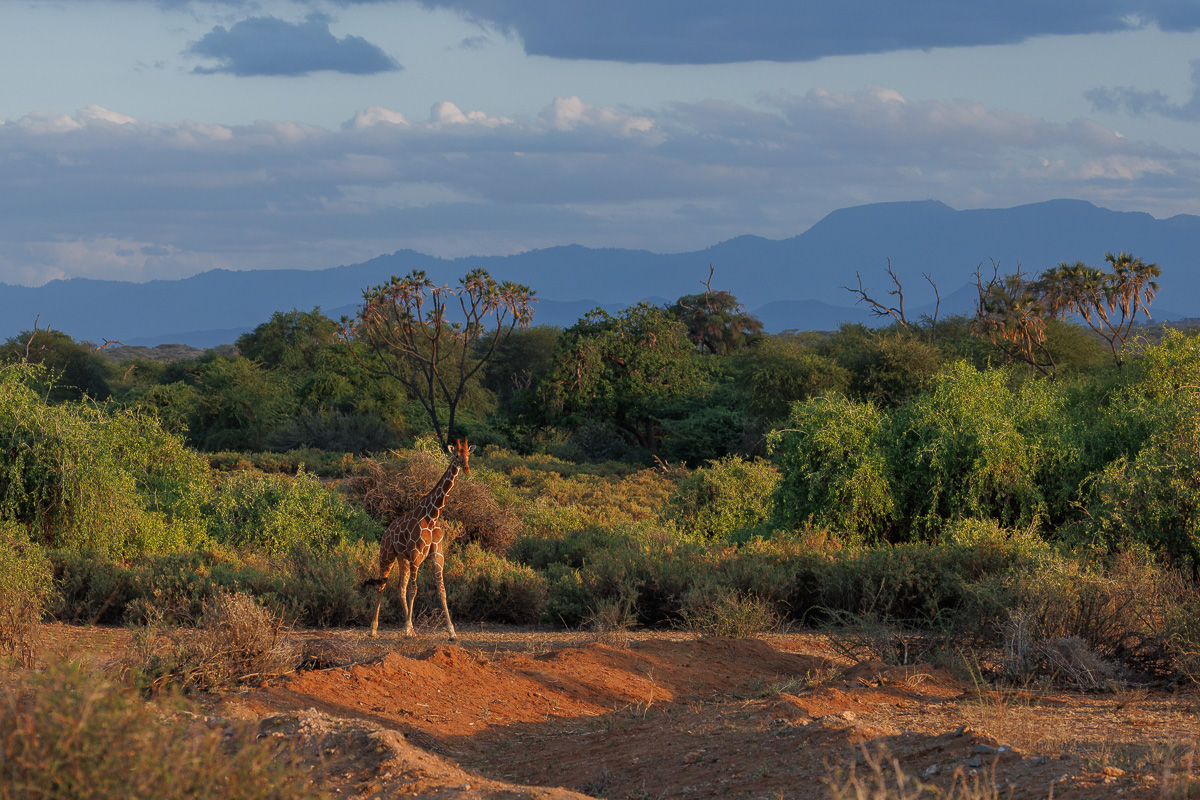
Day 10 (breakfast, lunch, dinner)
A short ride today. After a morning drive we leave Samburu again and head back south, in the direction of Nairobi. But fortunately we are not there yet! First we sleep two more nights in Ol Pejeta.
Ol Pejeta is a 90,000 hectare nature reserve under private management. The site is known as the largest black rhino sanctuary in Eastern Africa, and works closely with the local community. In addition to the rhinos, the reserve is also home to big cats (although leopards are quite shy) and occasionally even wild dogs are spotted.
After arrival and lunch we will set off in the dark in the afternoon and evening! A unique opportunity to create a very beautiful and exciting image, and because we have two cars, we can help each other with headlights for exciting light. We hope to see animals that are only active at night, such as certain smaller cats, owls and monkeys.
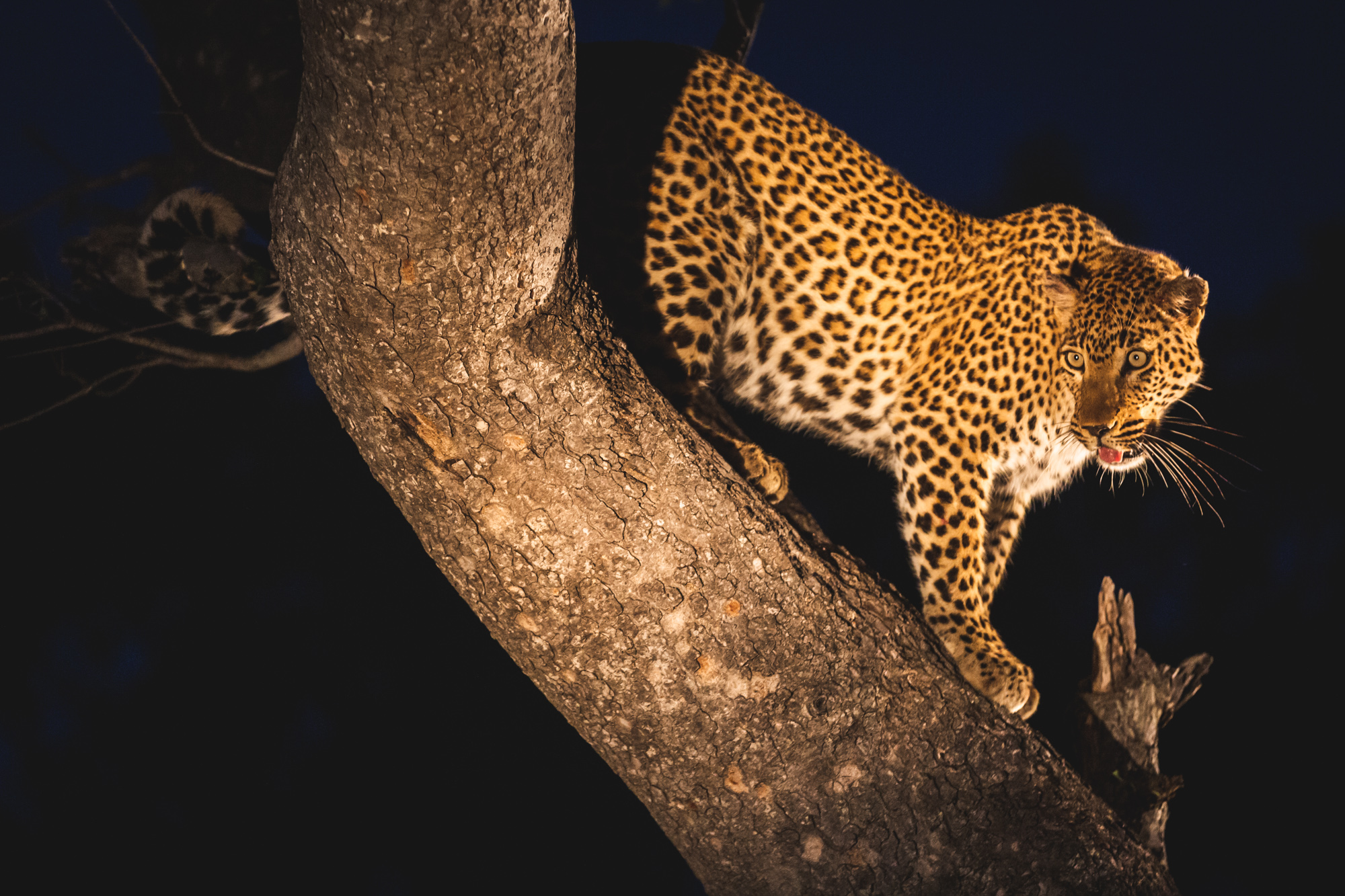
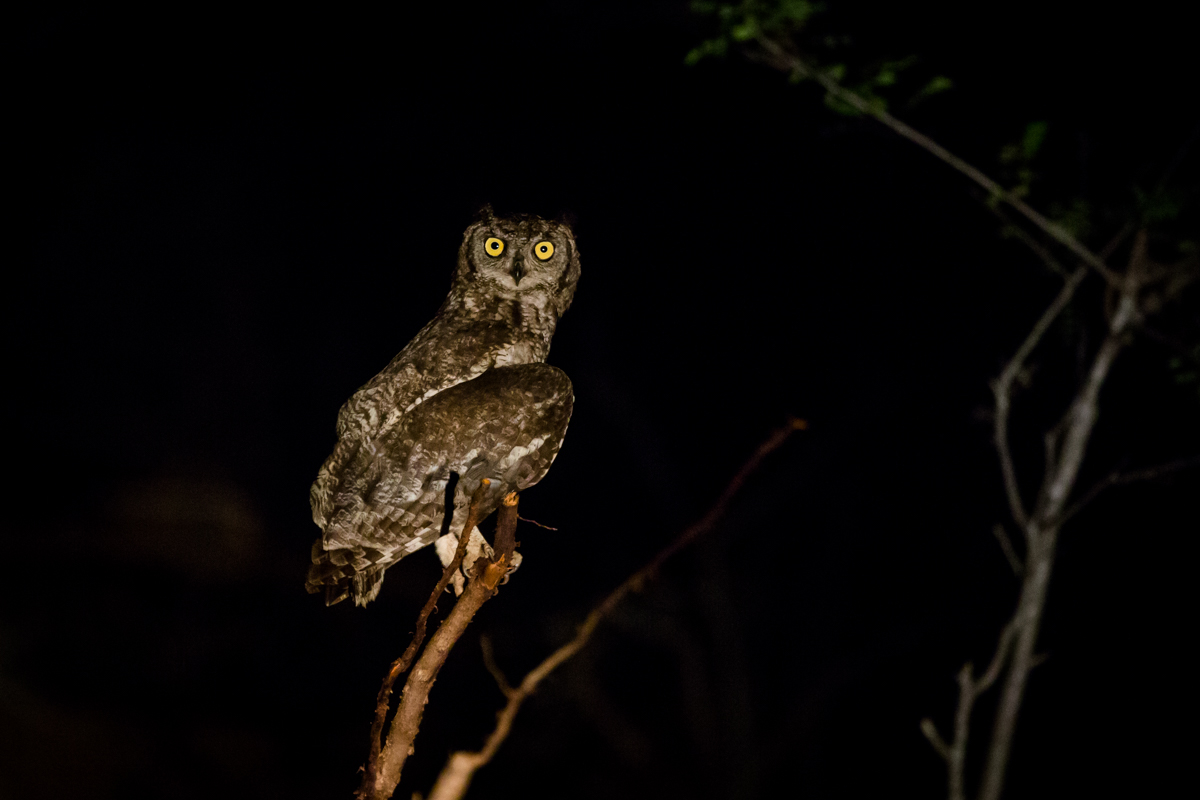
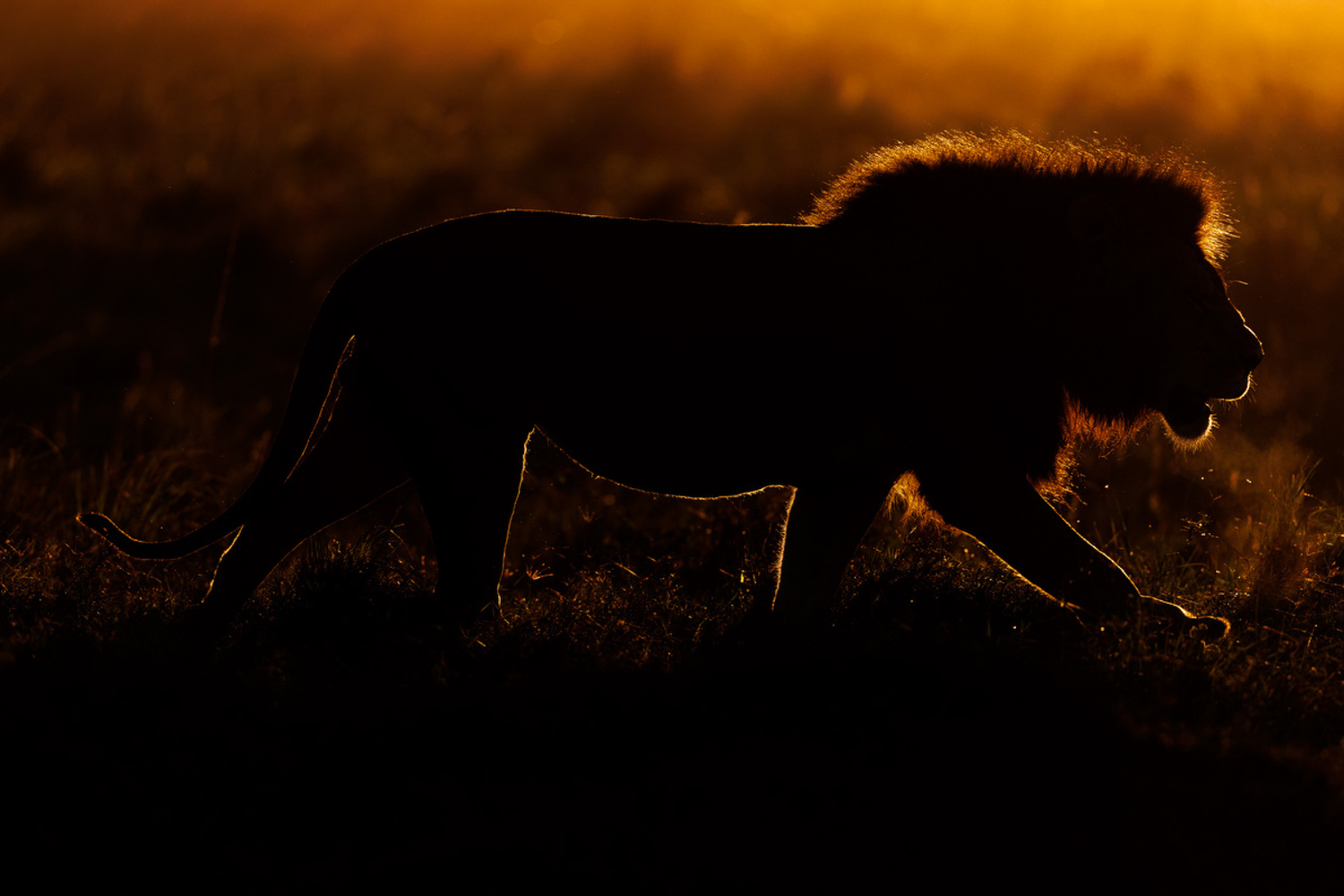
Day 11 (breakfast, lunch, dinner)
The last full day of safari today. What don’t you have a photo of yet? At the beginning of the trip, did you think: oh, that impala will still come? Today is your last chance to do it! And who knows what other exciting things we will encounter next.
Day 12 (breakfast)
This really is the very last day. After a short morning drive, we drive back to Nairobi, tired but very satisfied, where we will arrive late in the afternoon. Most flights to Europe do not depart until late in the evening, so we will be perfectly on time. So, how many photos did you take this trip?
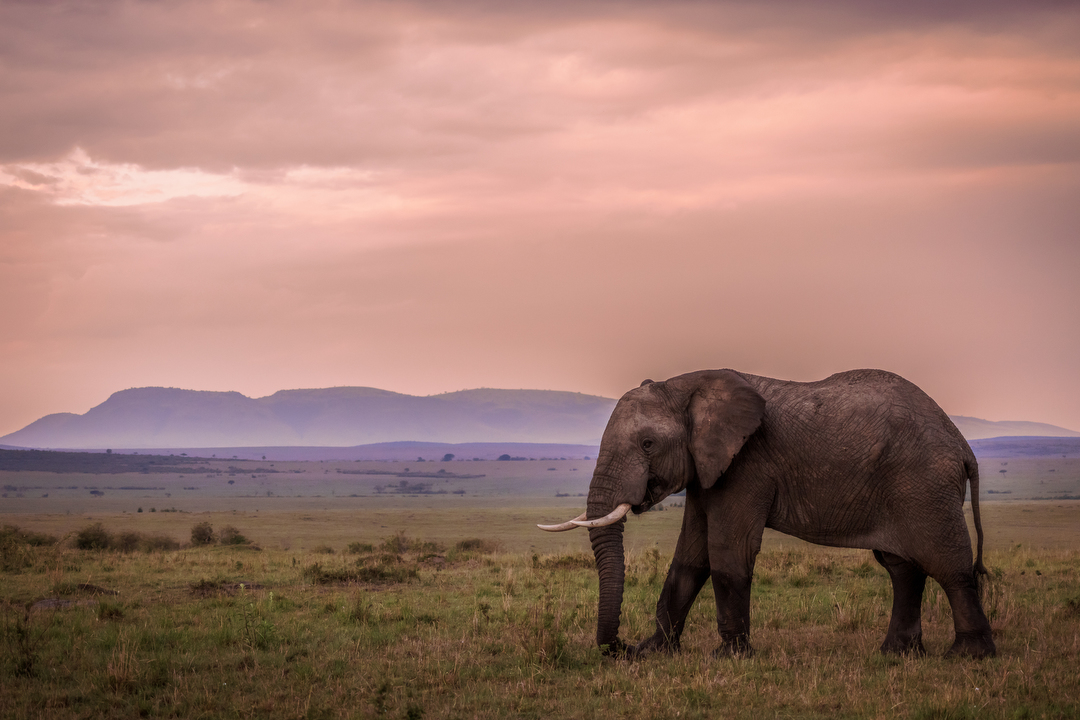
Bookings
You book directly with WOW Safaris. As soon as the trip is fully booked, you will receive the invoice for the deposit. This way you guarantee yourself a place. The remaining part must be paid 90 days before the start. You are expected to arrange your own travel and cancellation insurance. The trip continues with six participants.
A safari is a special trip and we offer you the opportunity to go on a very exclusive photo tour in Kenya. You certainly won’t be disappointed. Don’t think too long, just come along and fill out that booking form!
Do you still have some questions first? Then use the contact form. You will also find frequently asked questions in the FAQ.
Booking form
